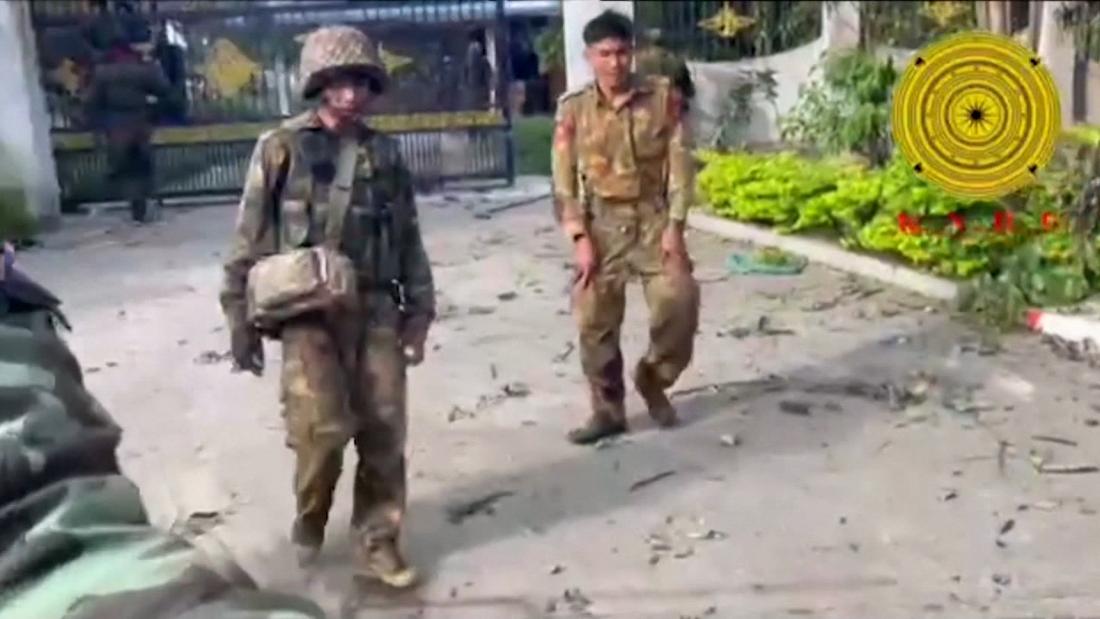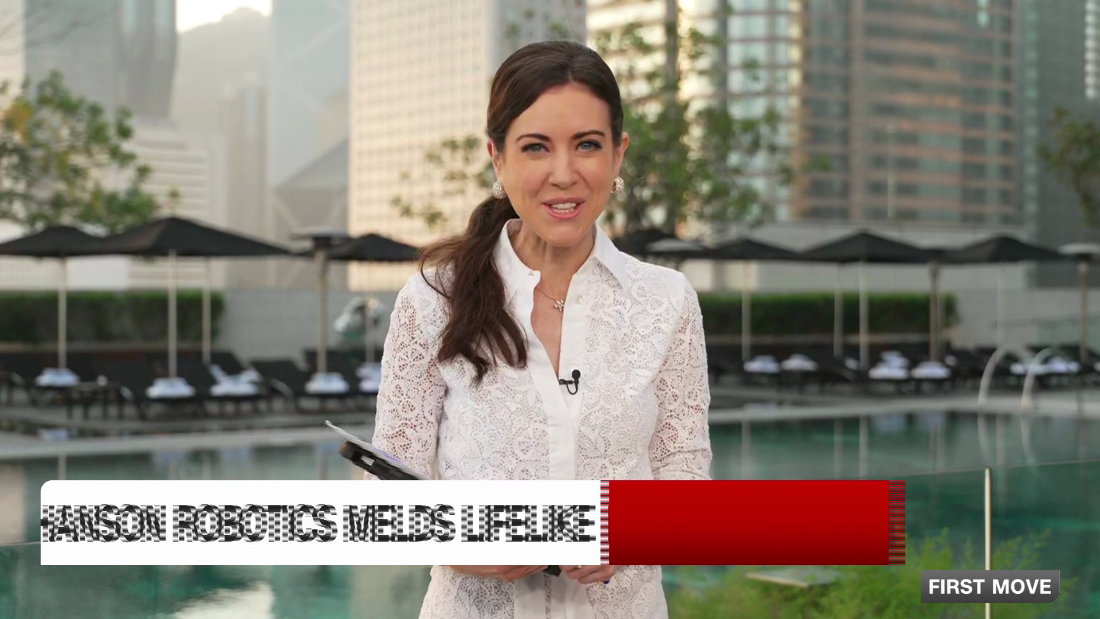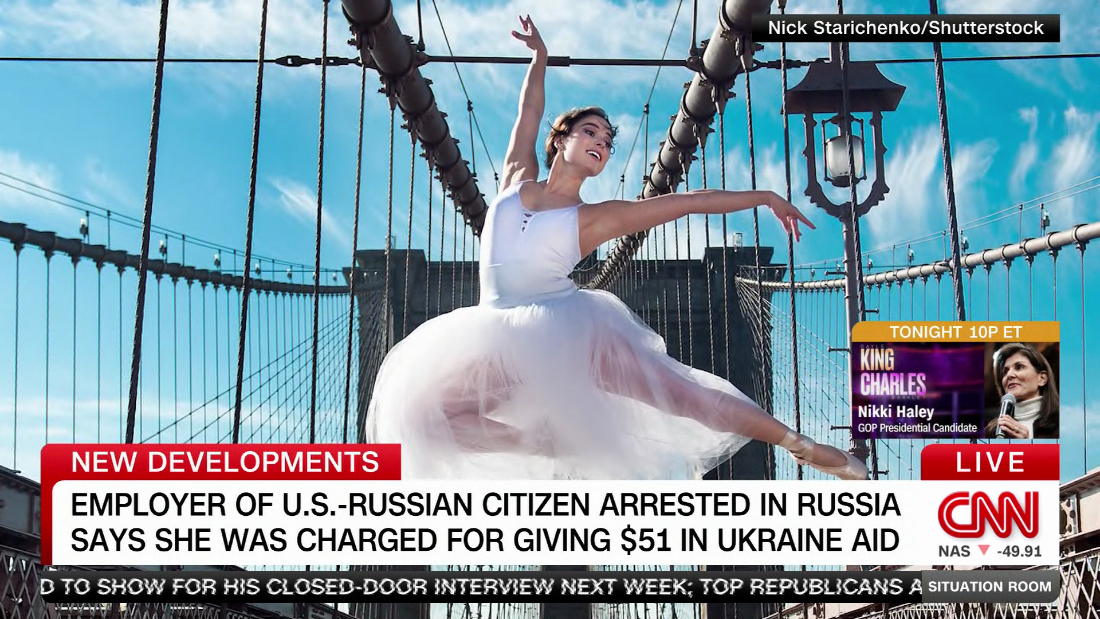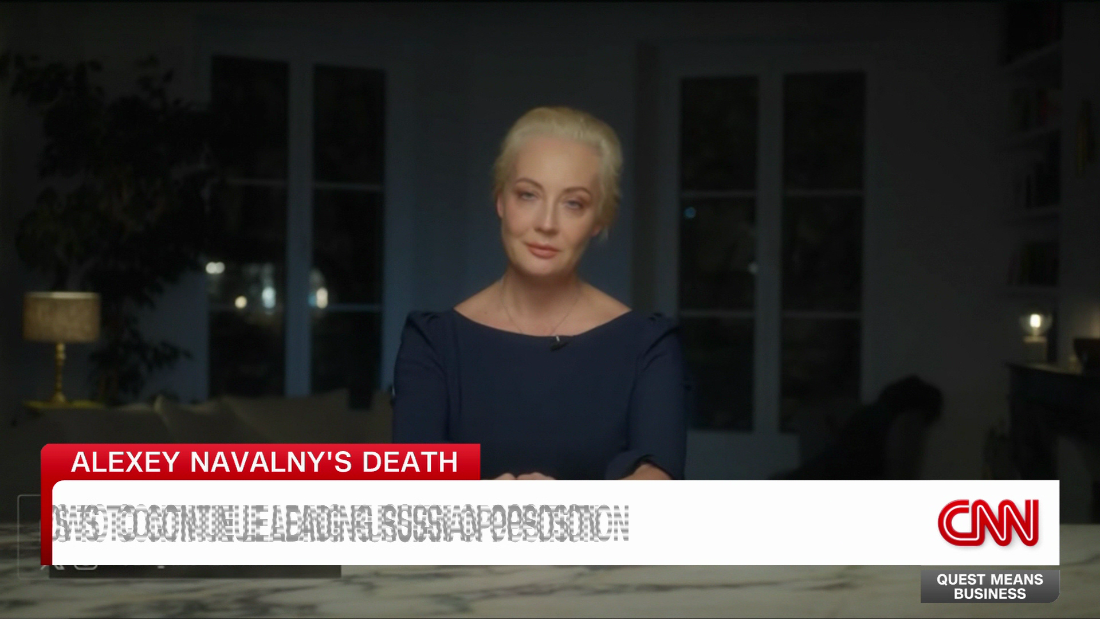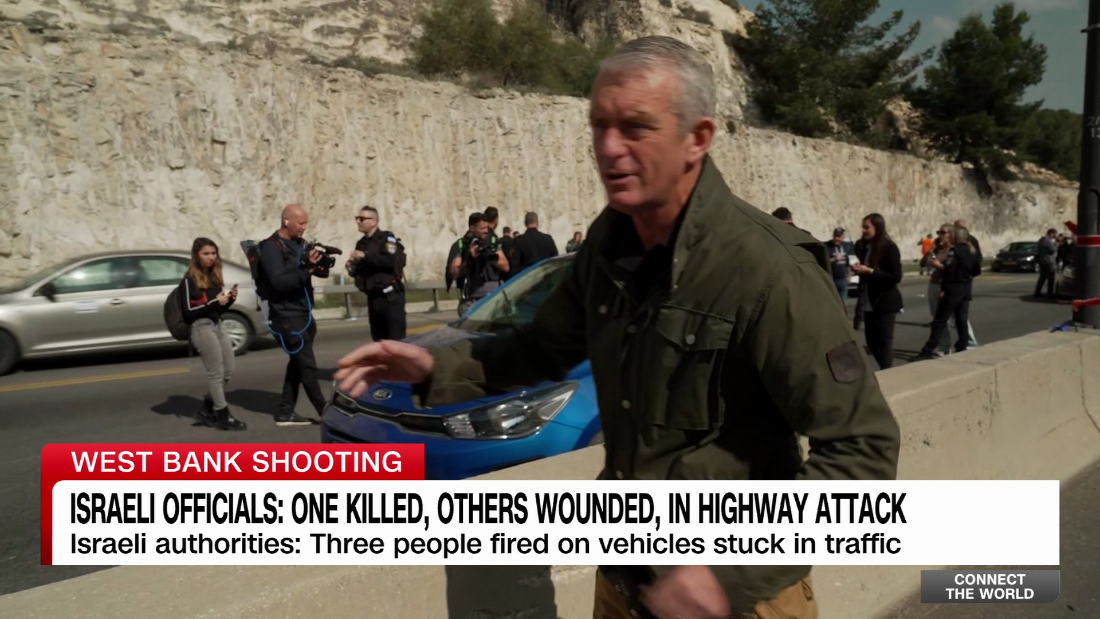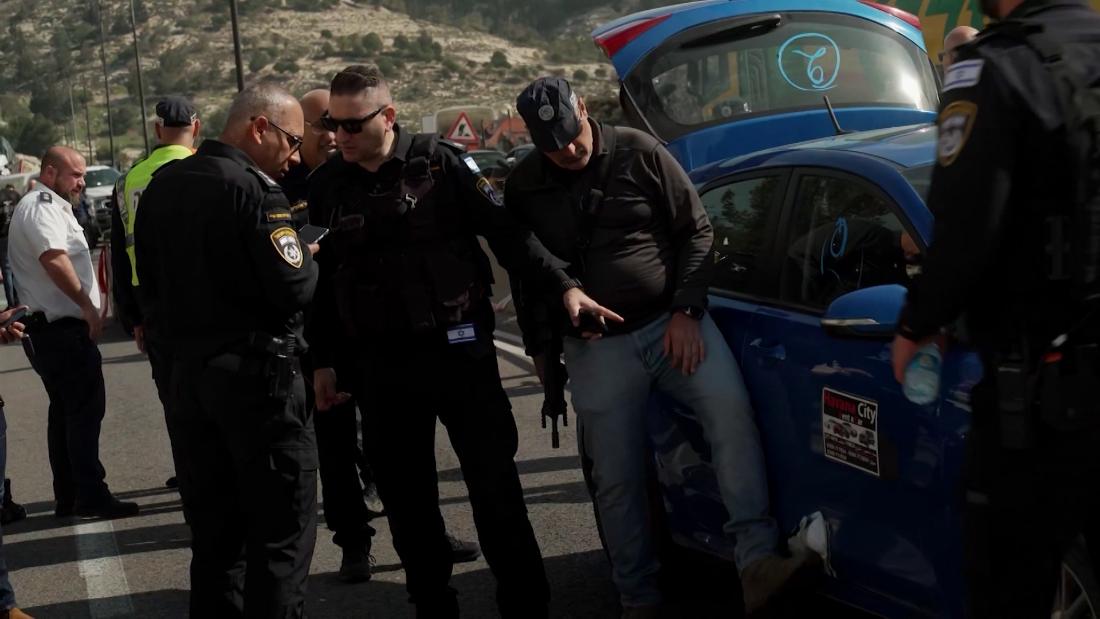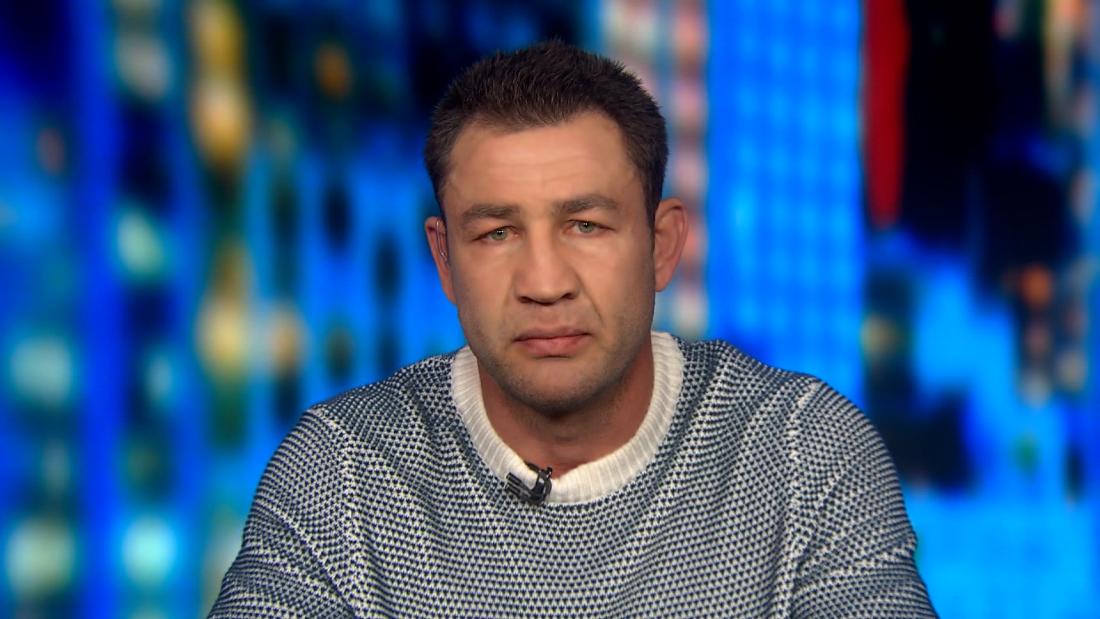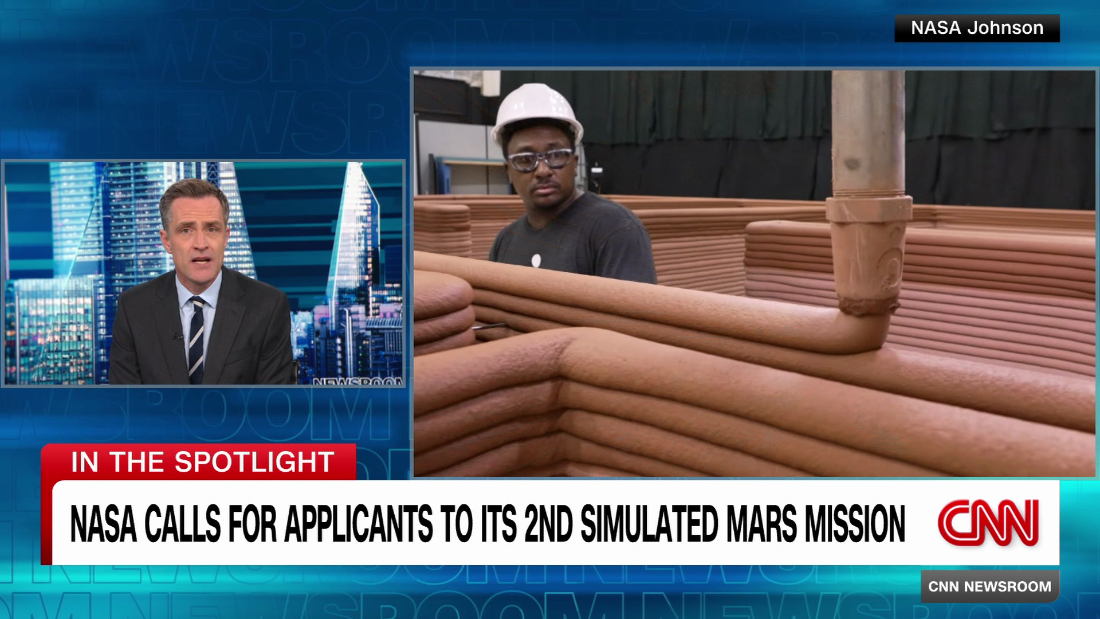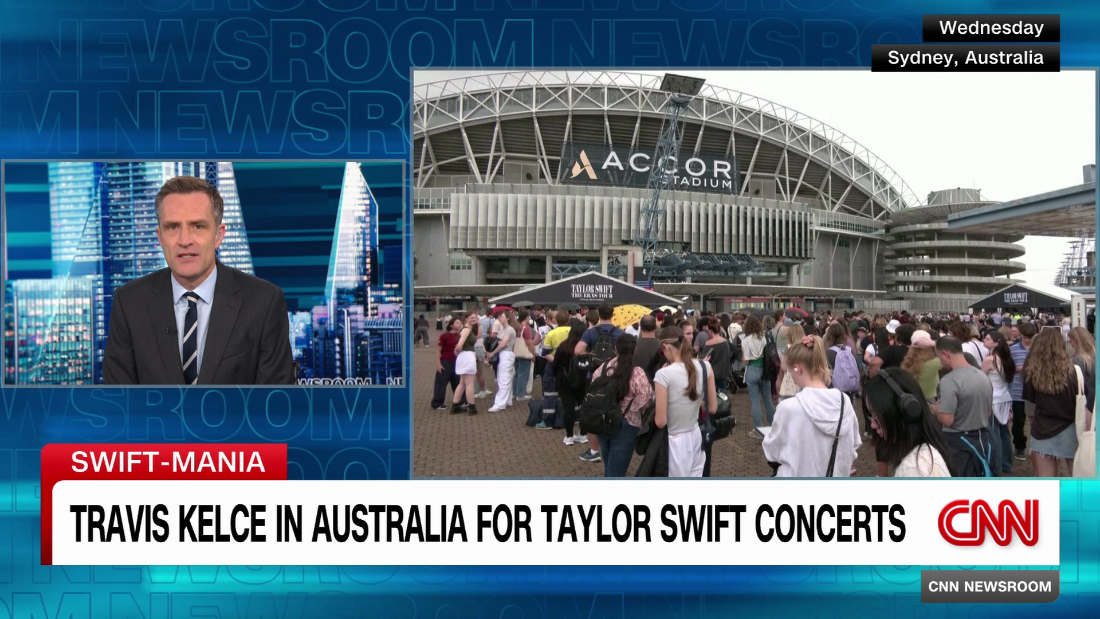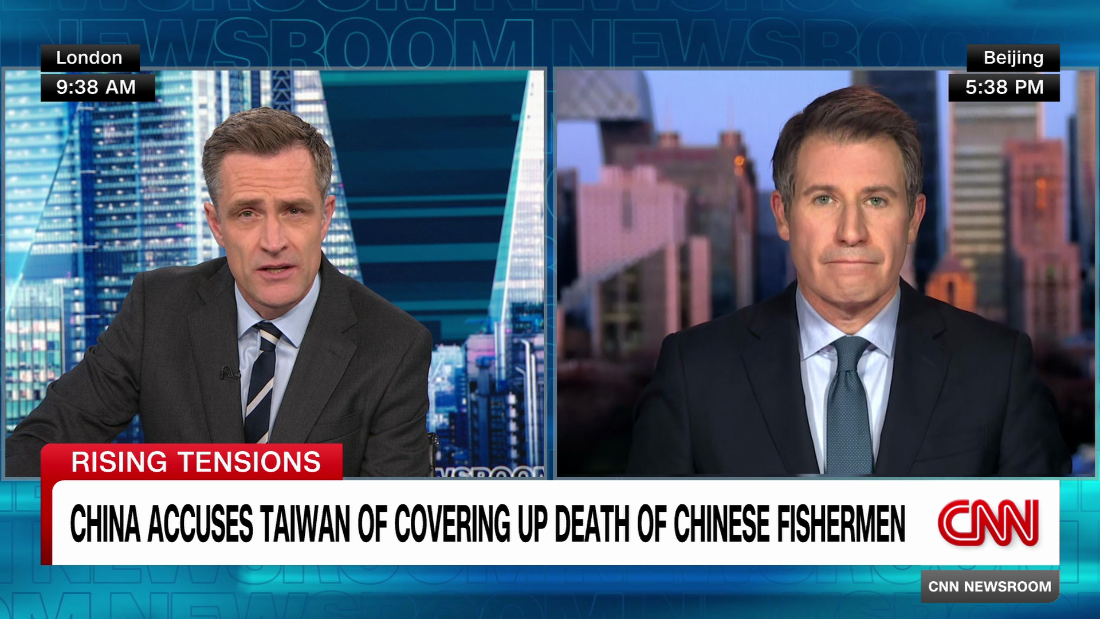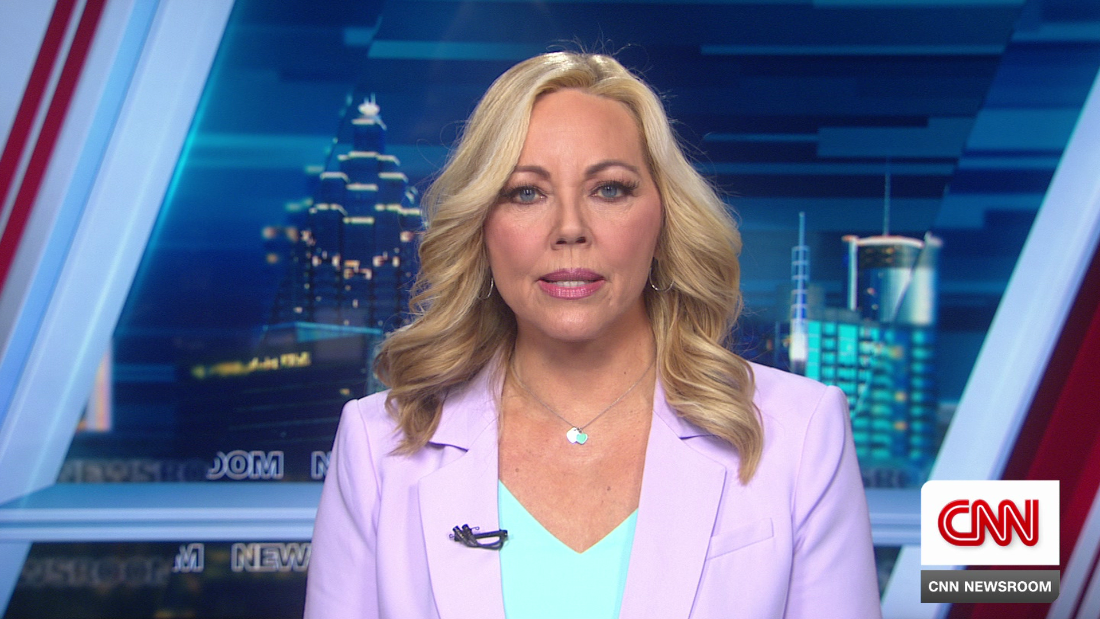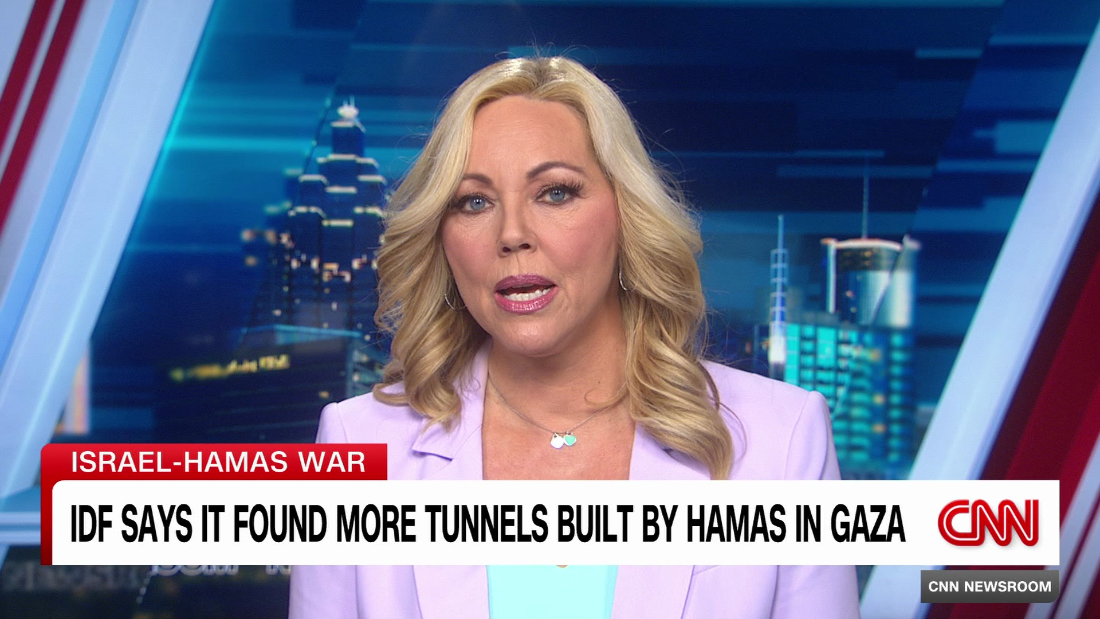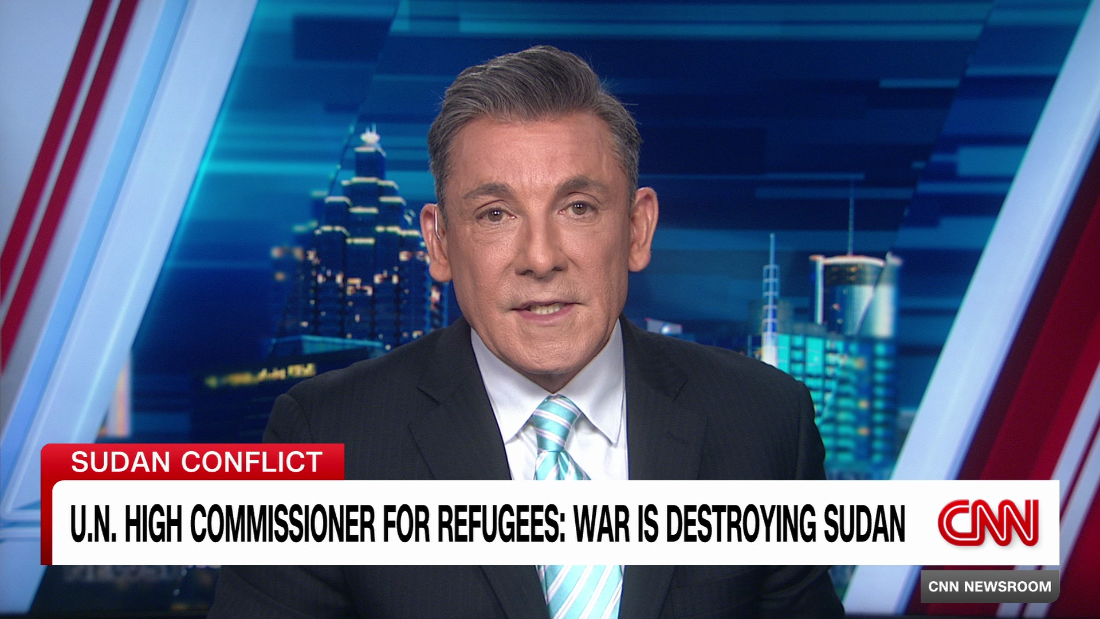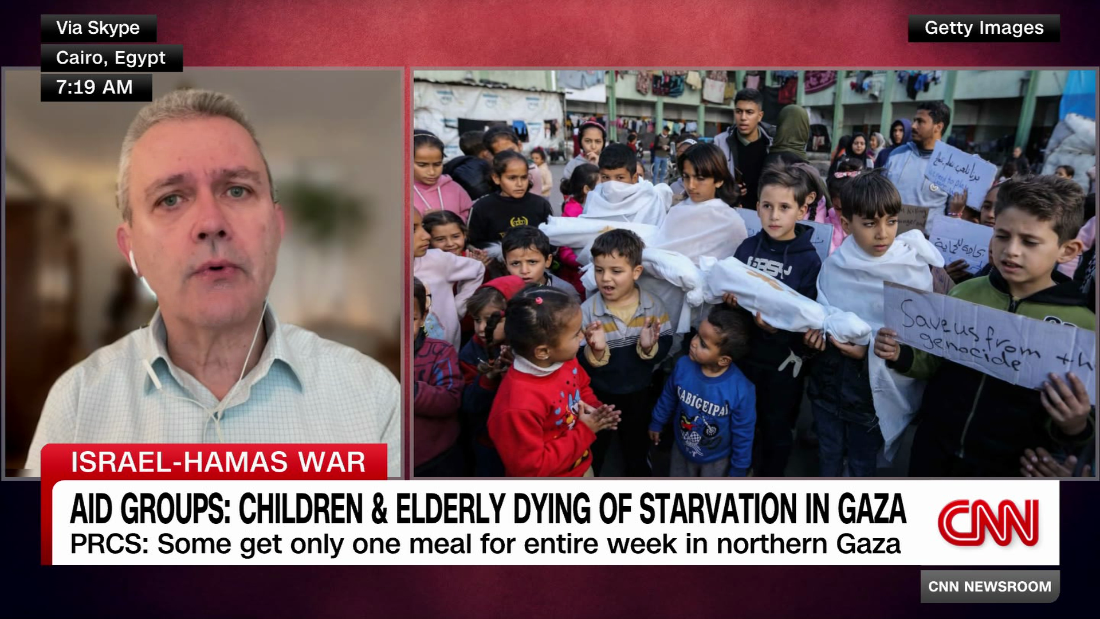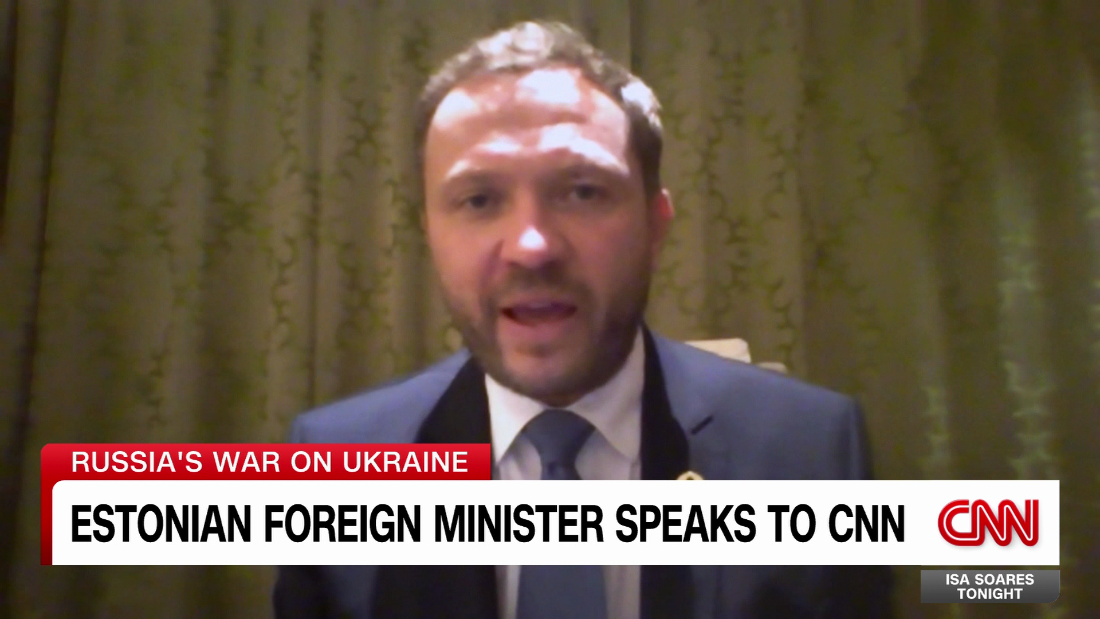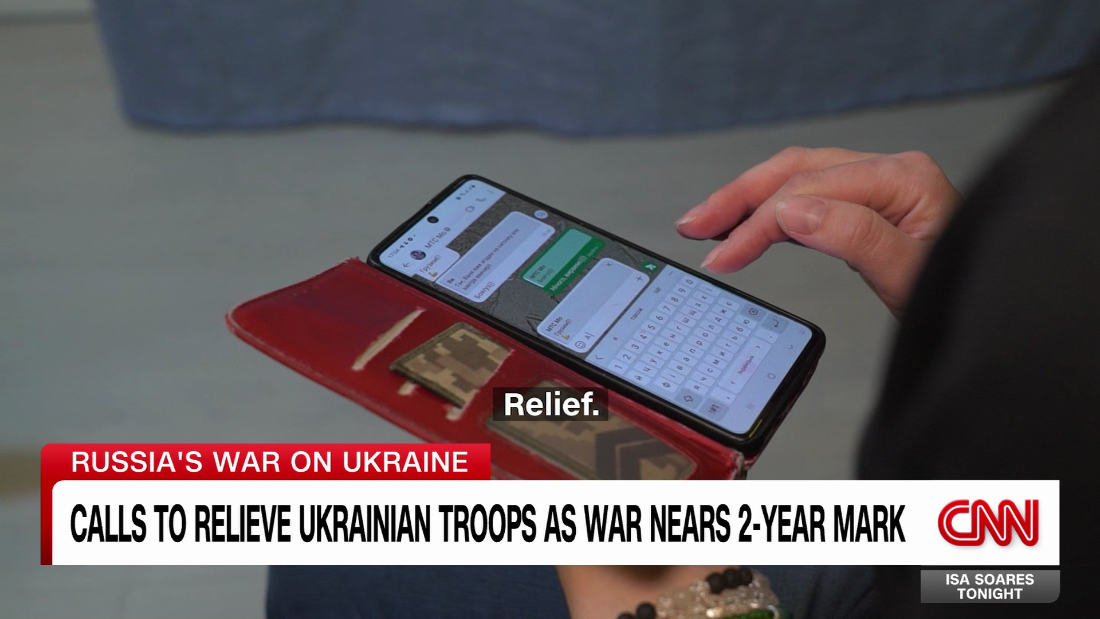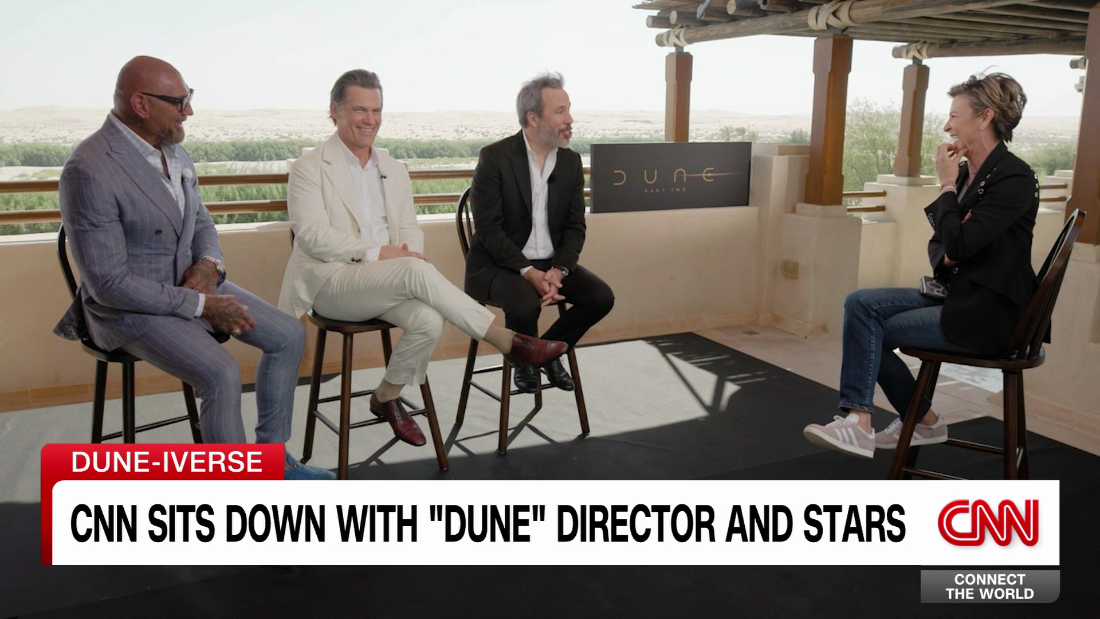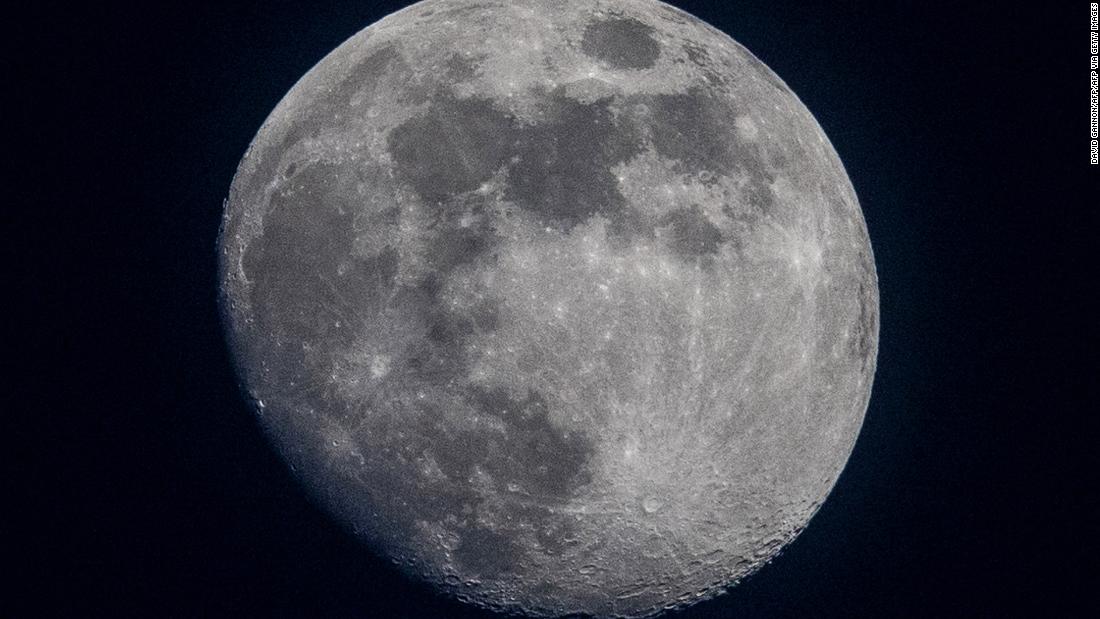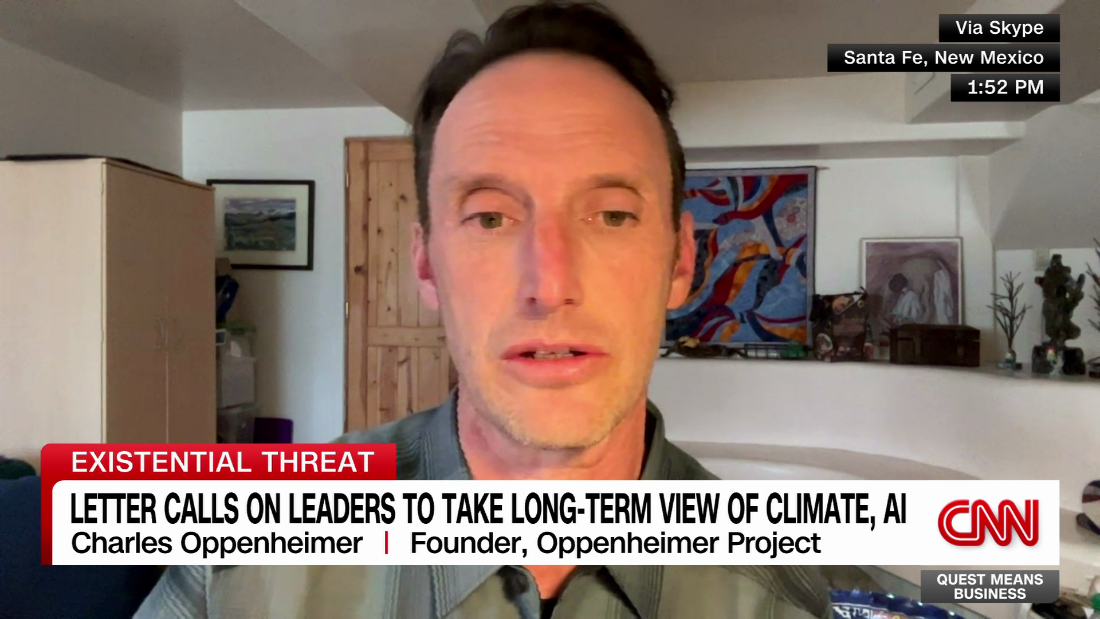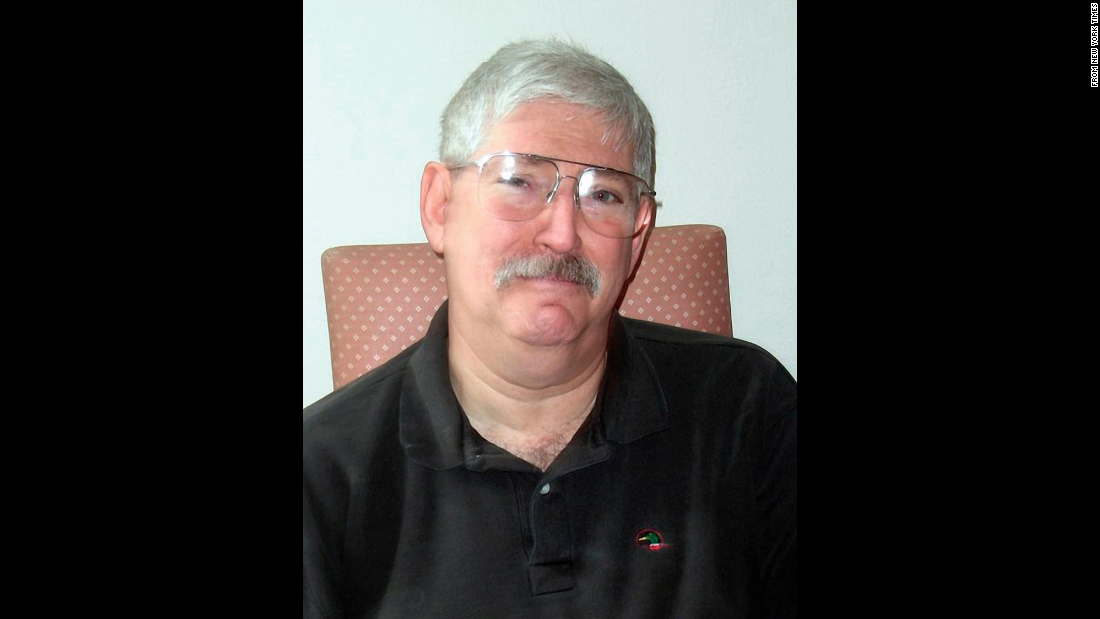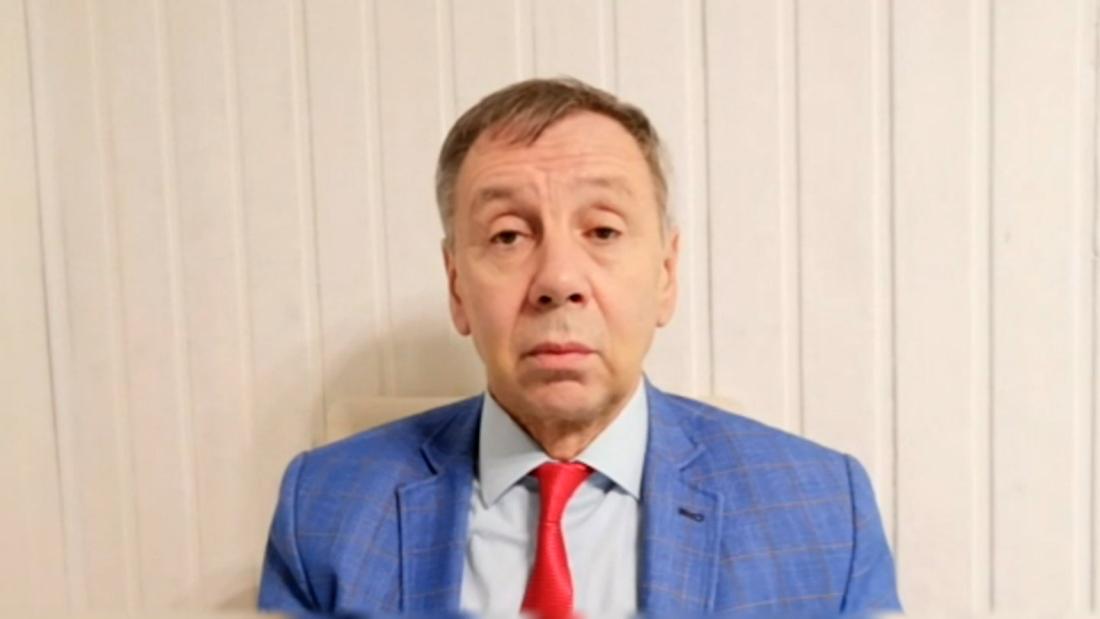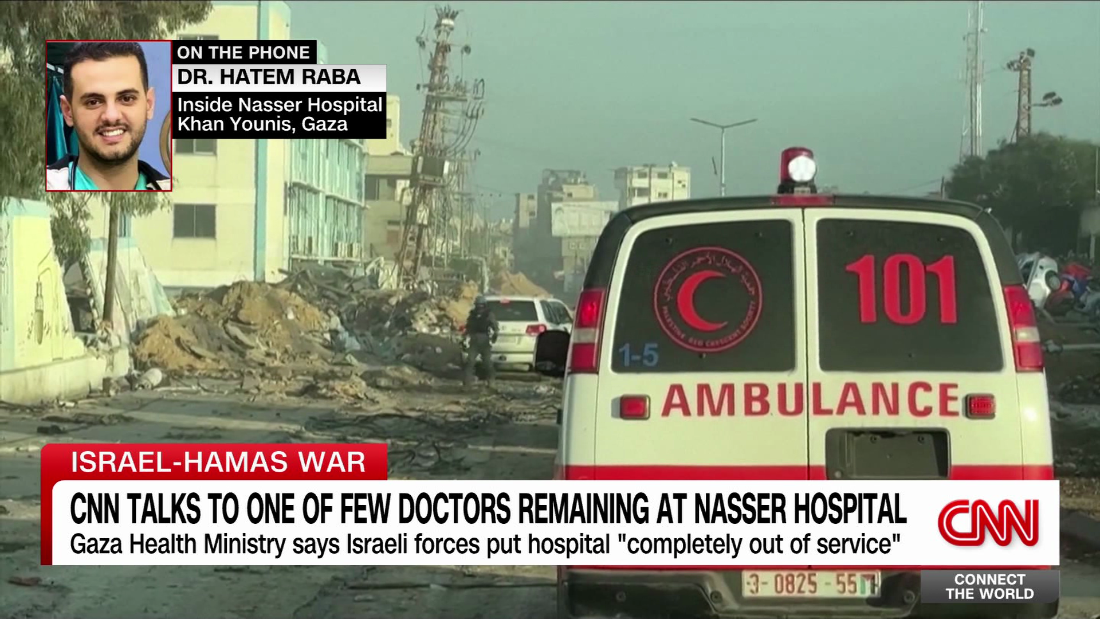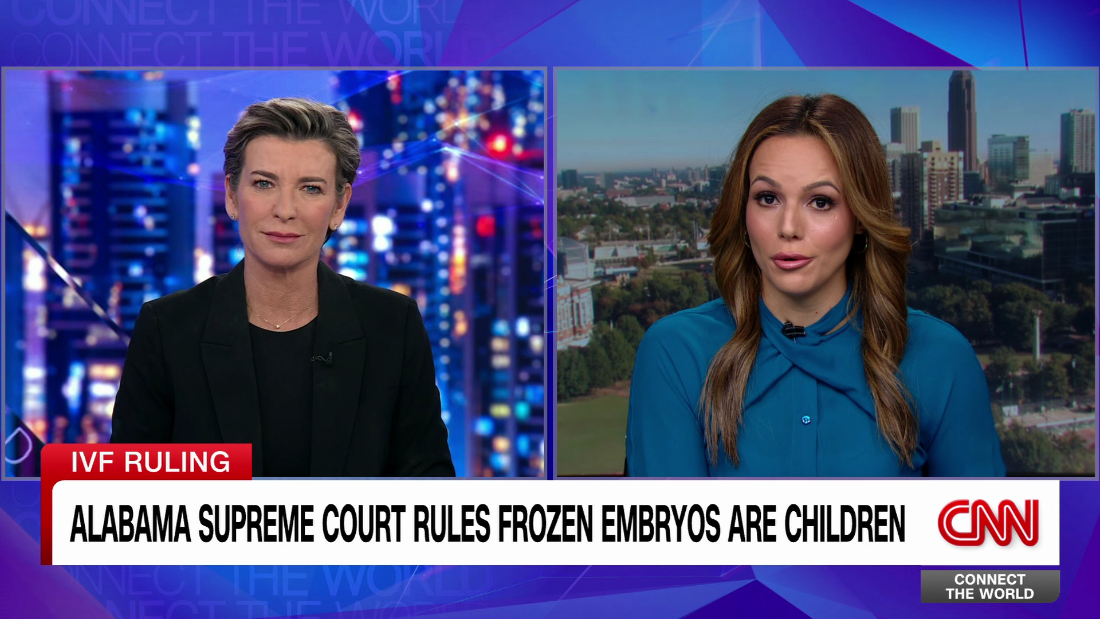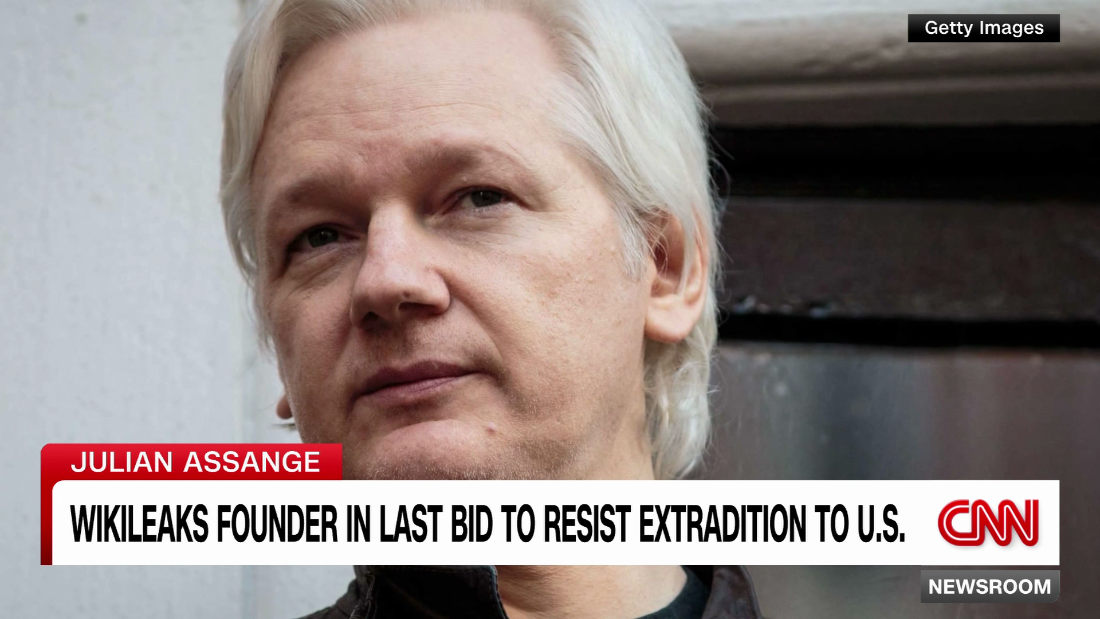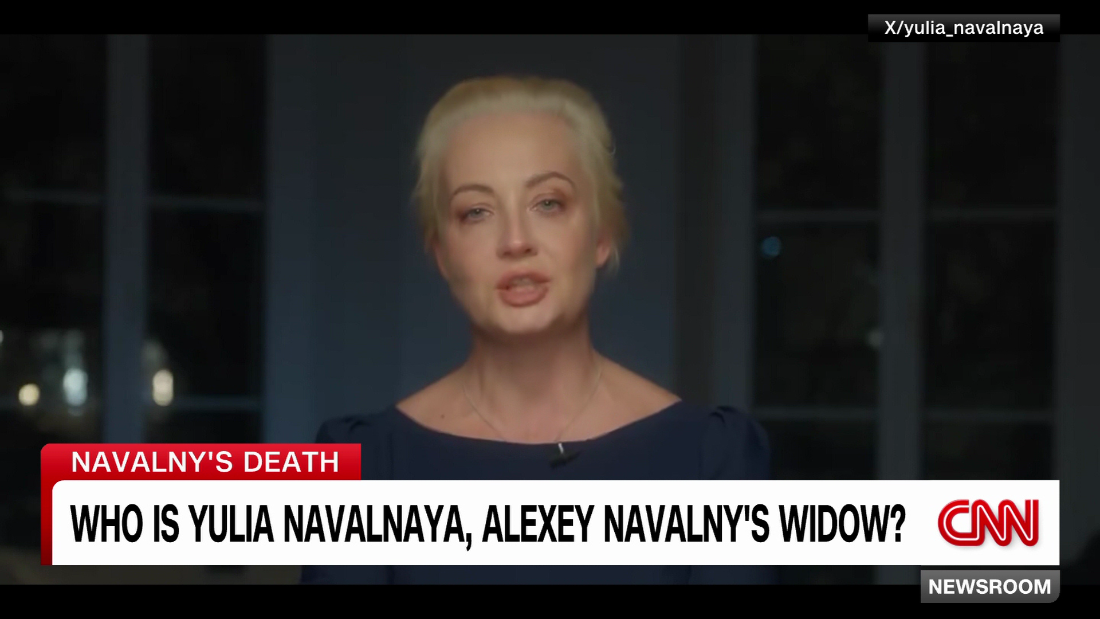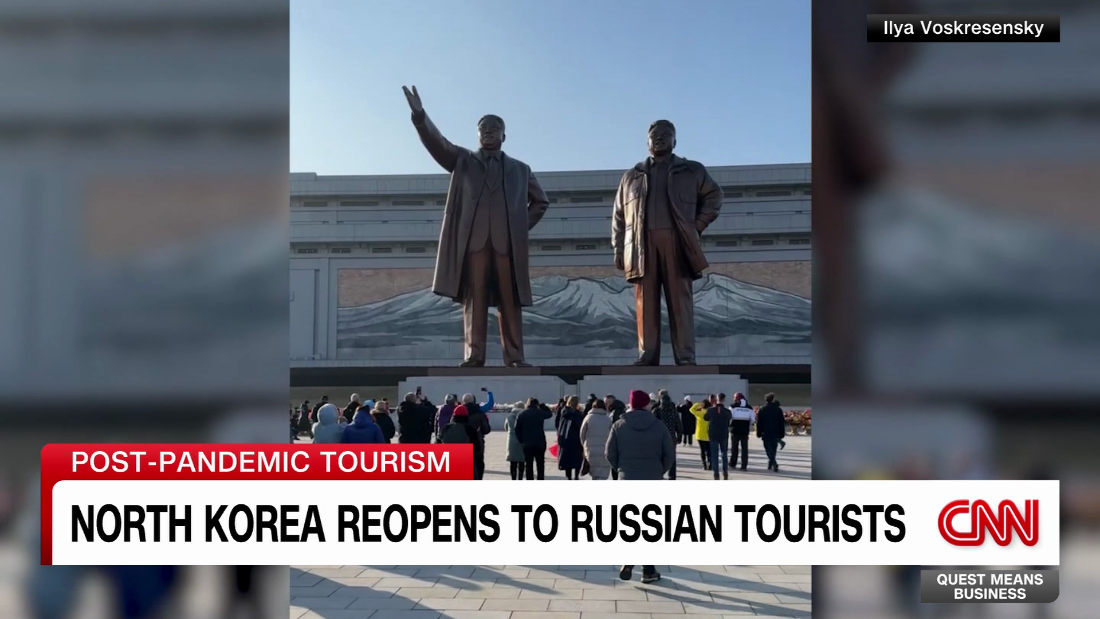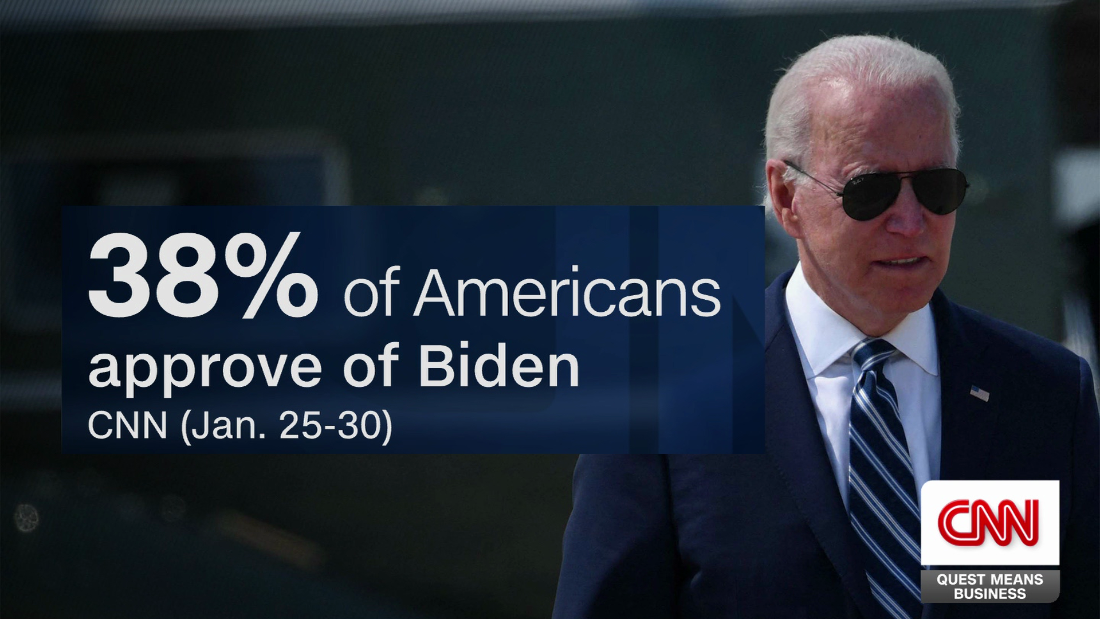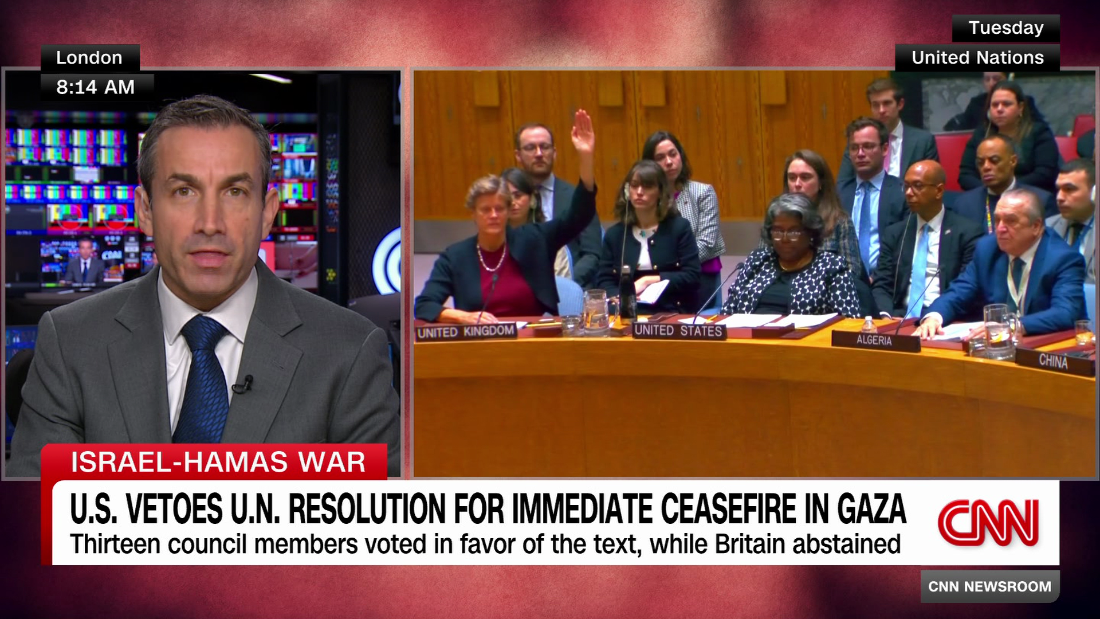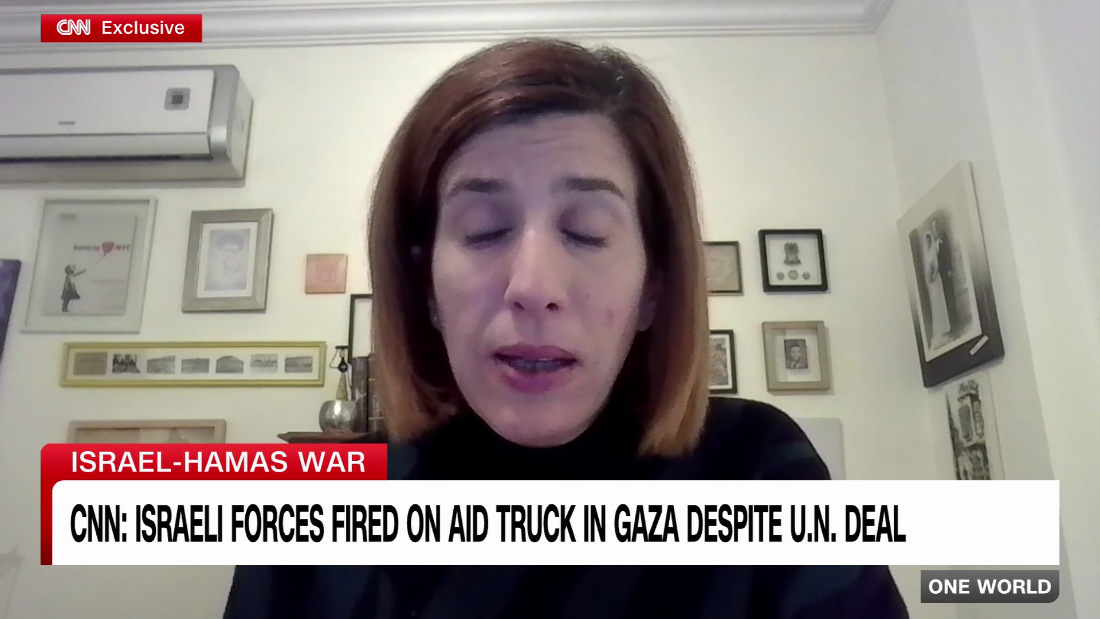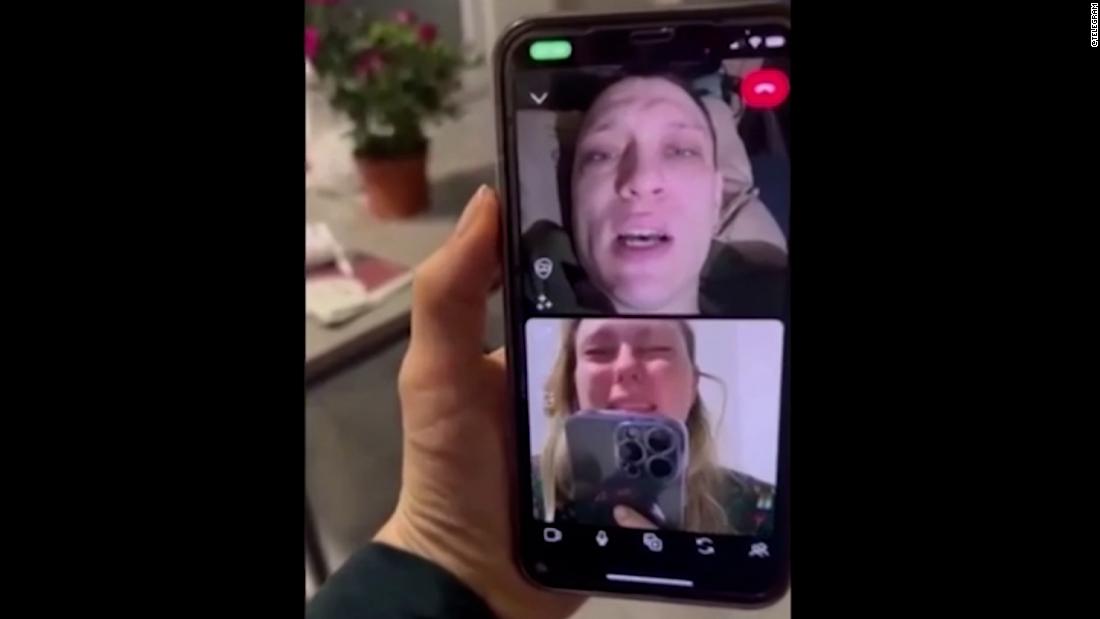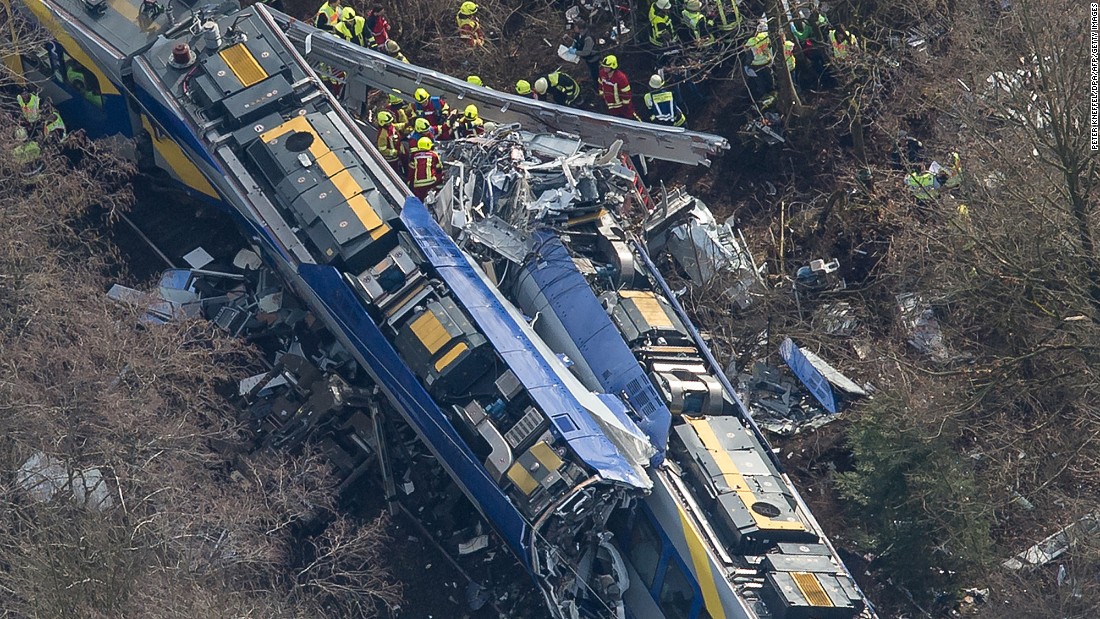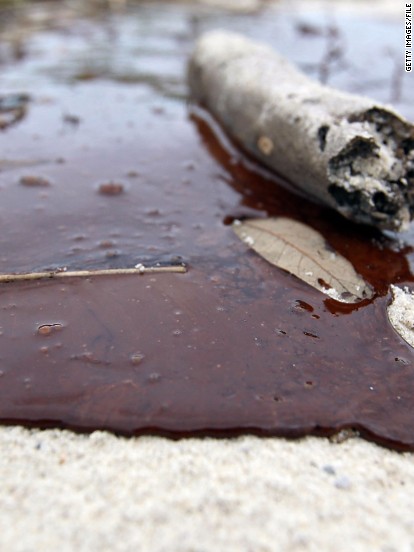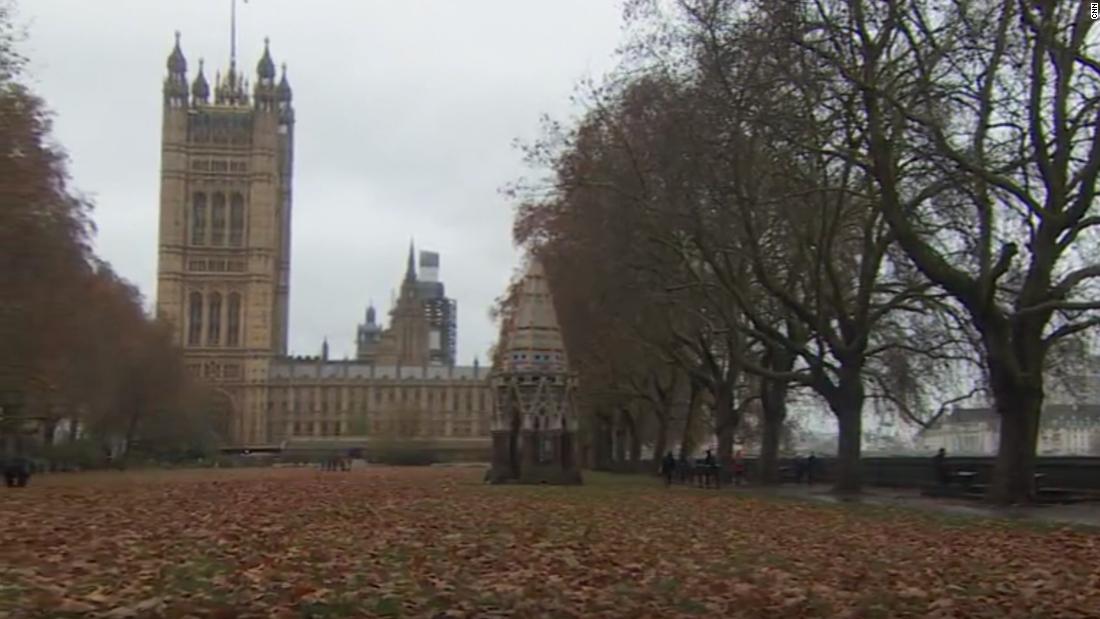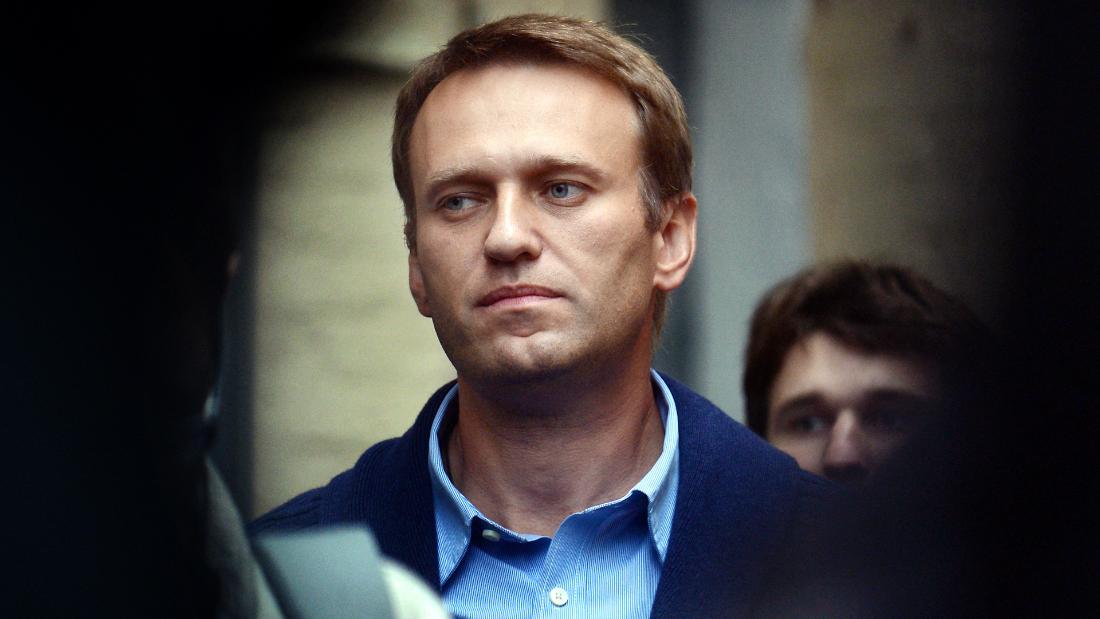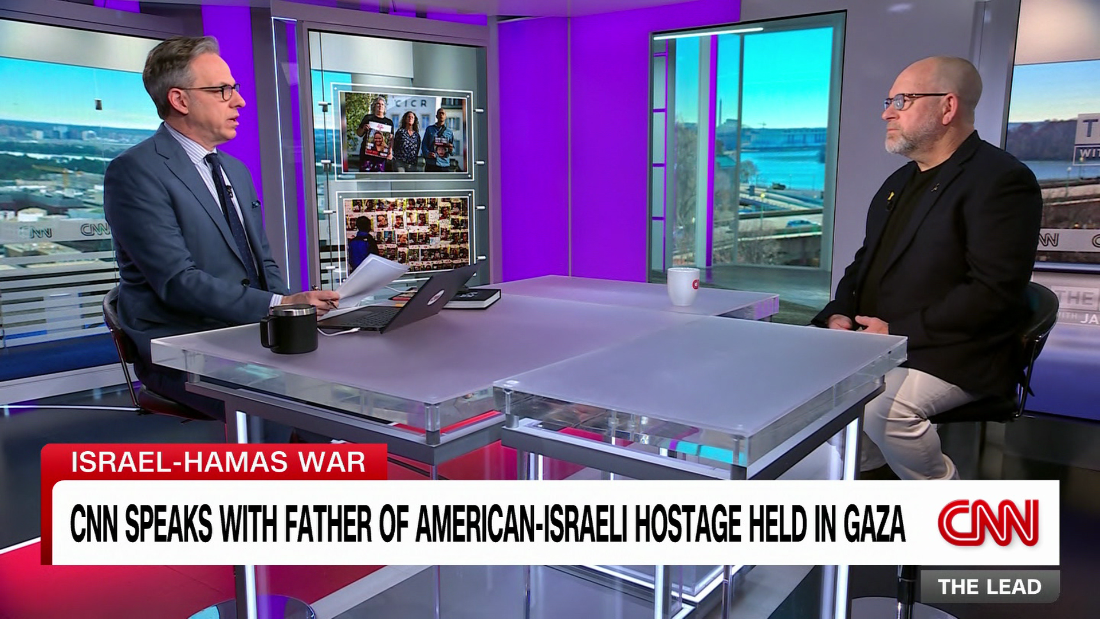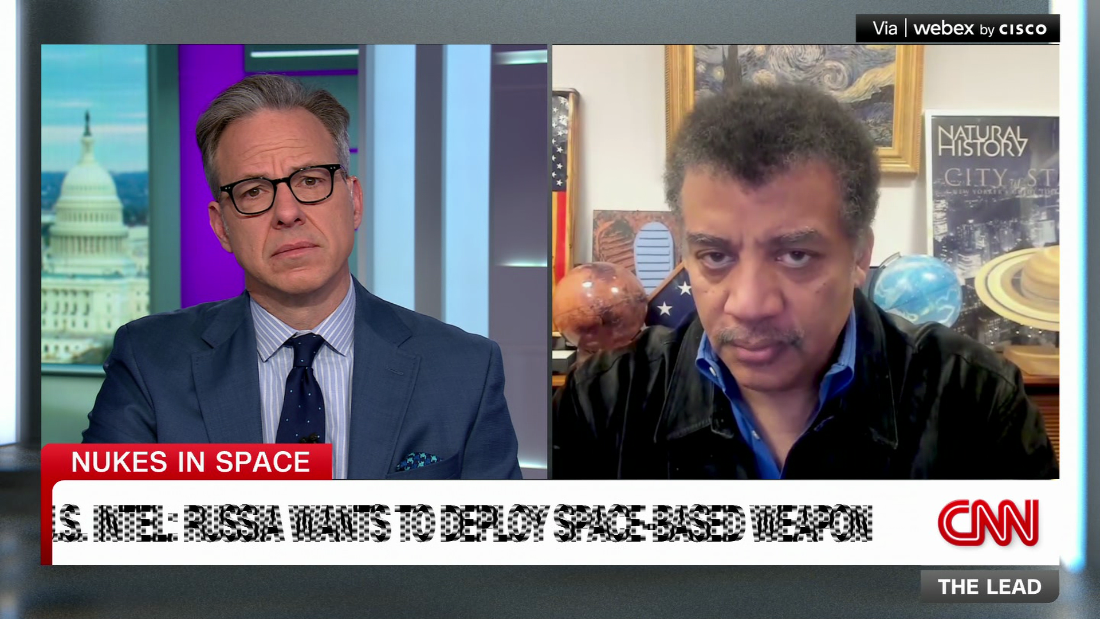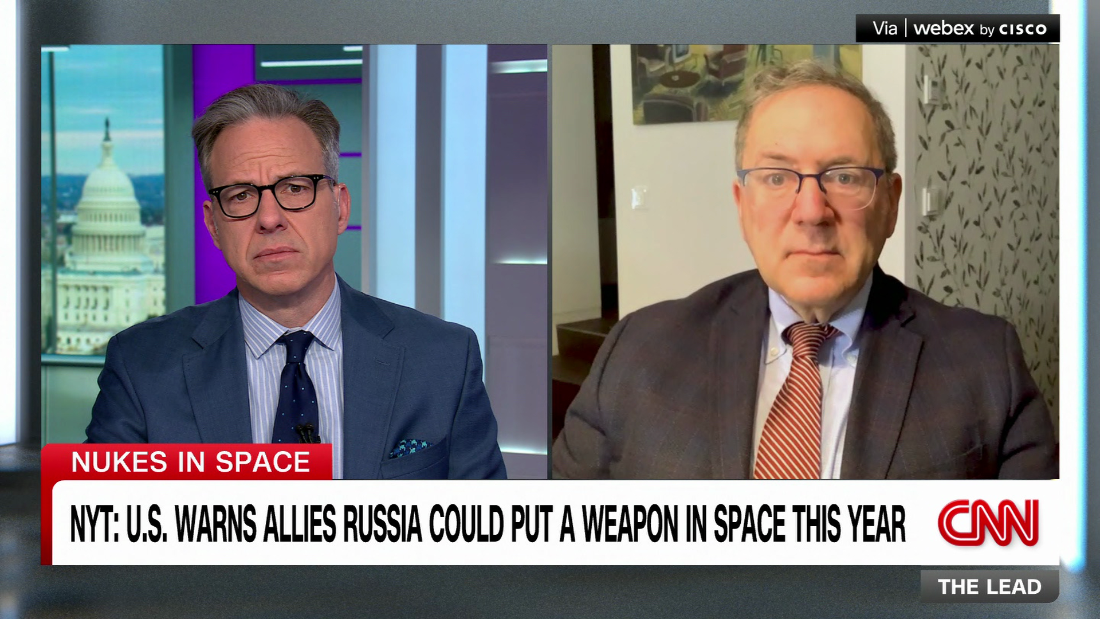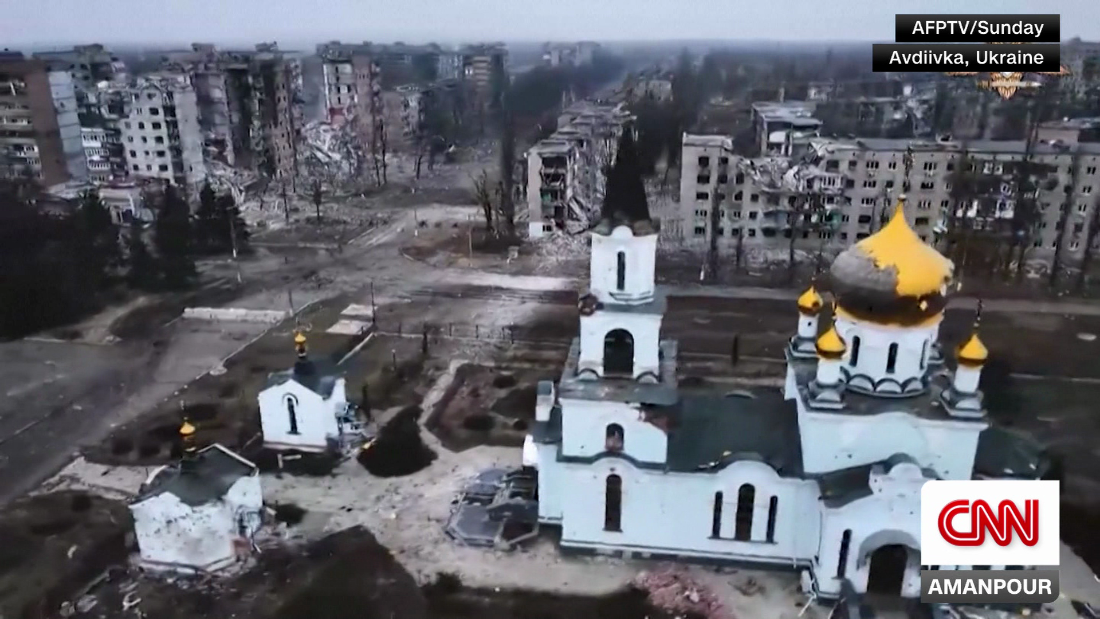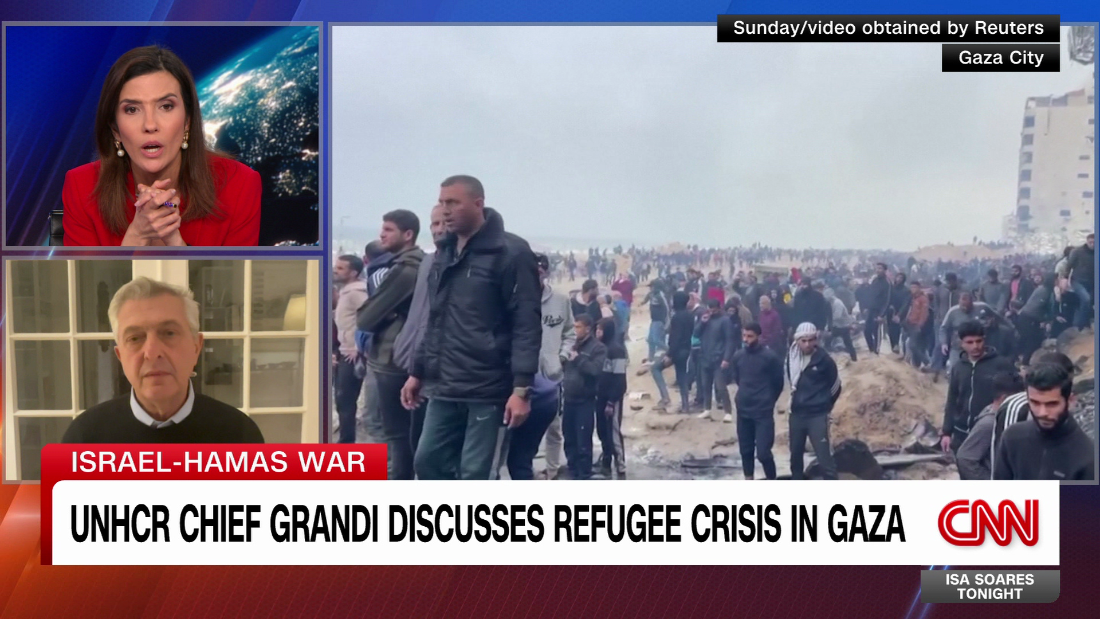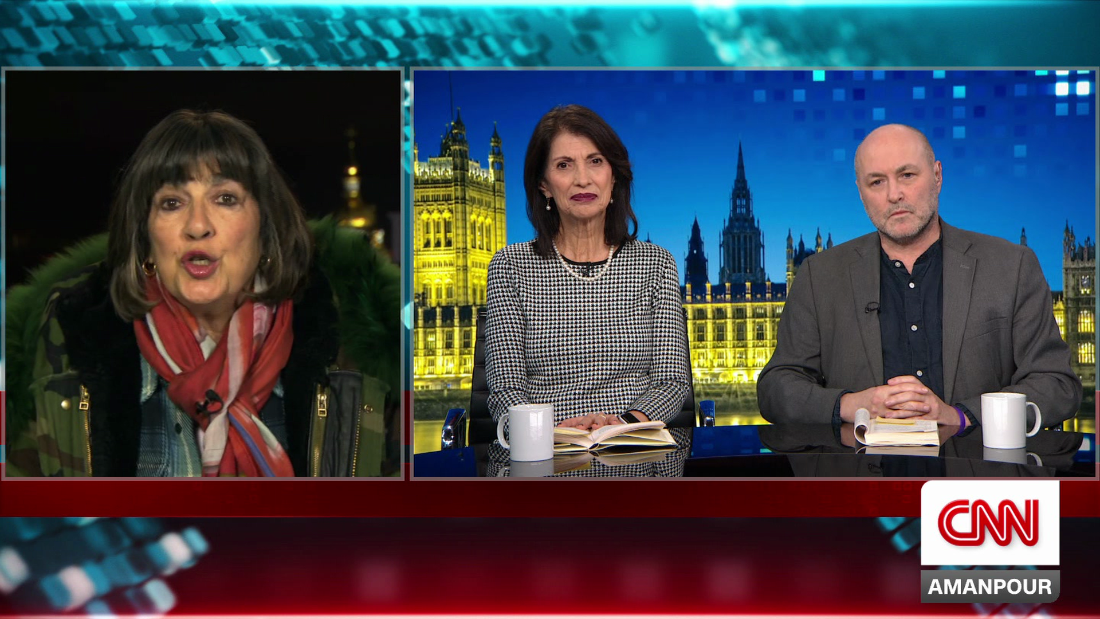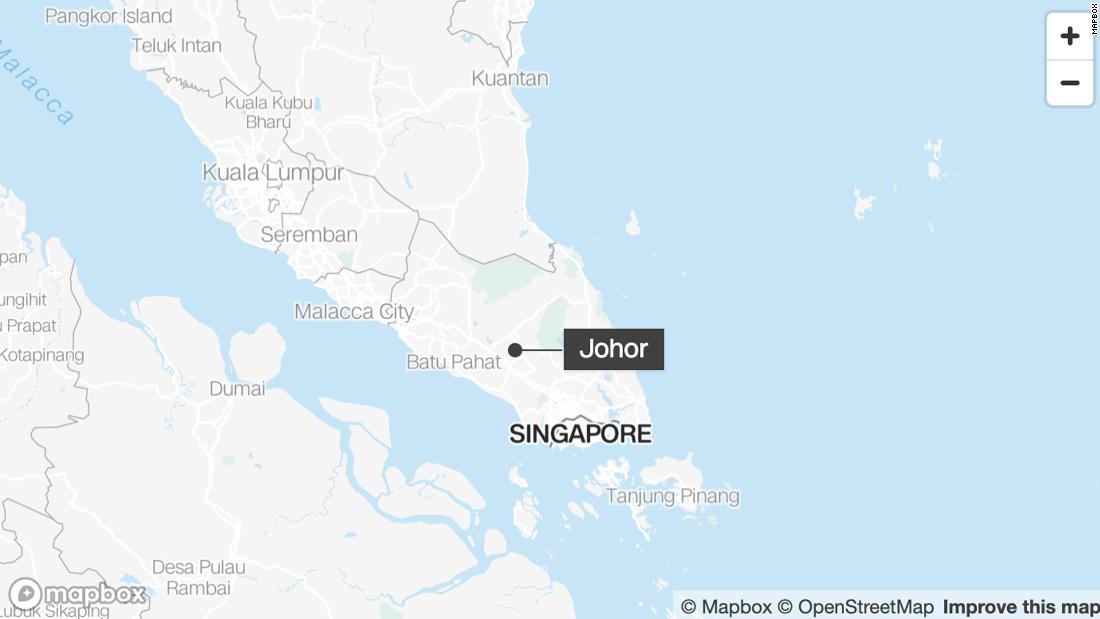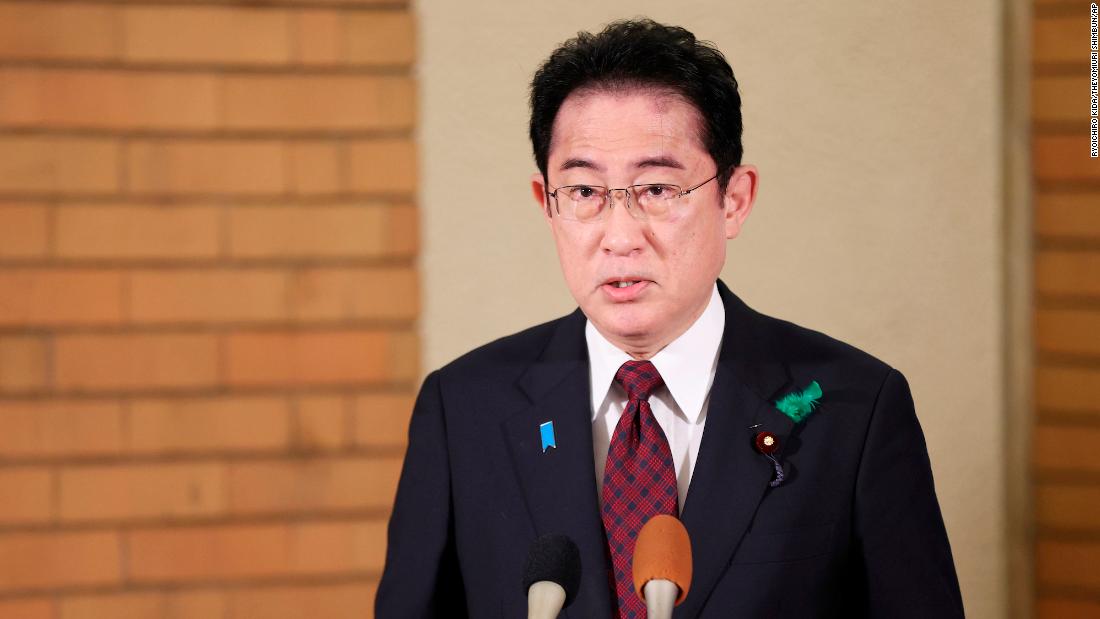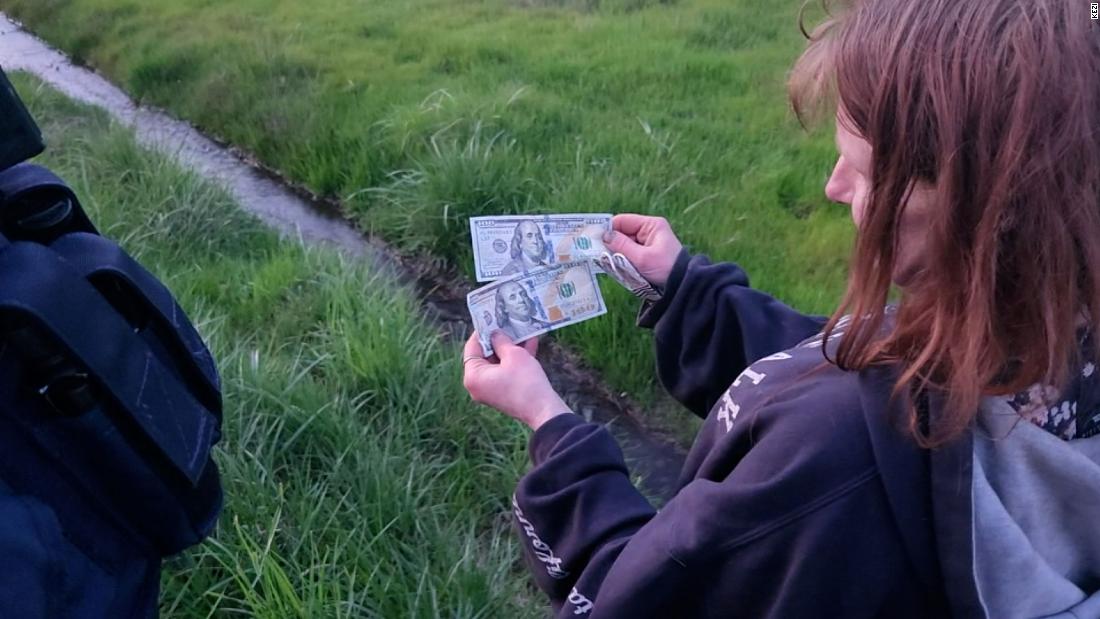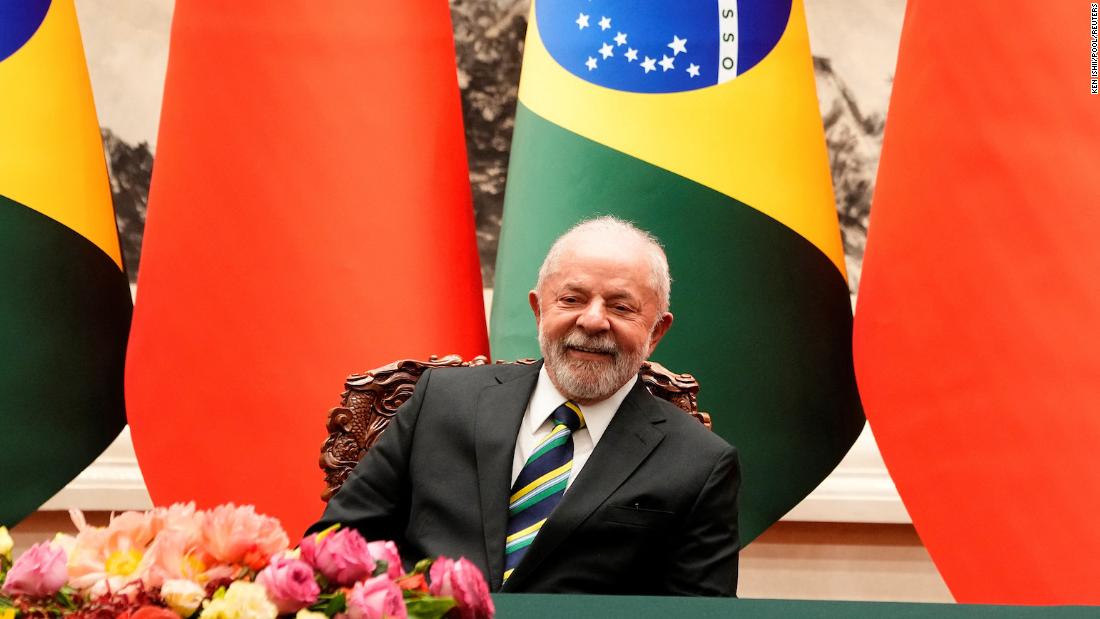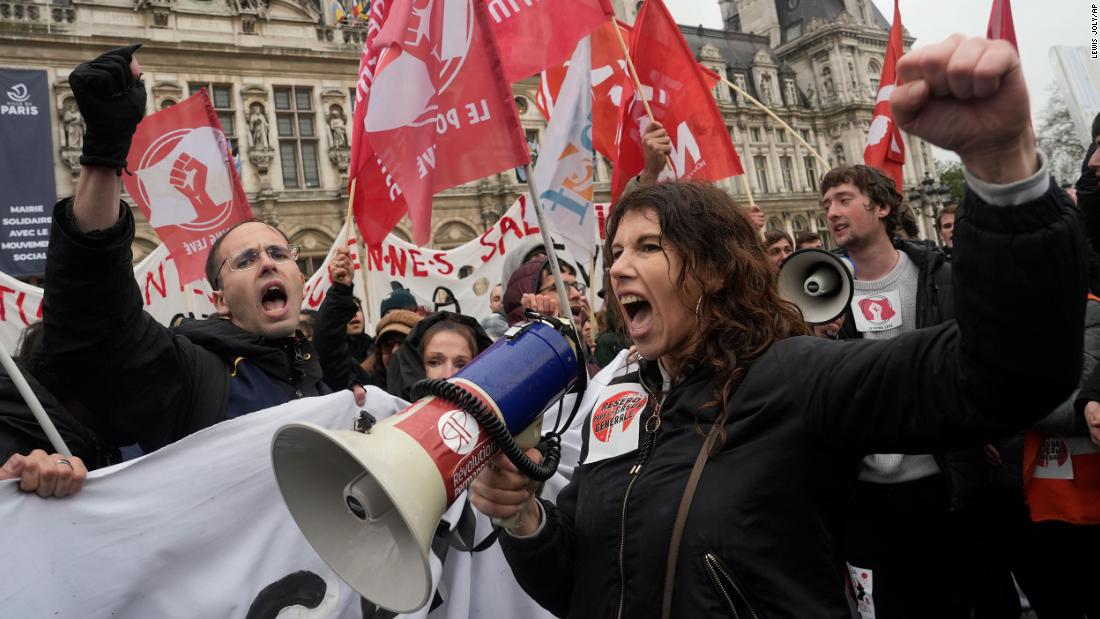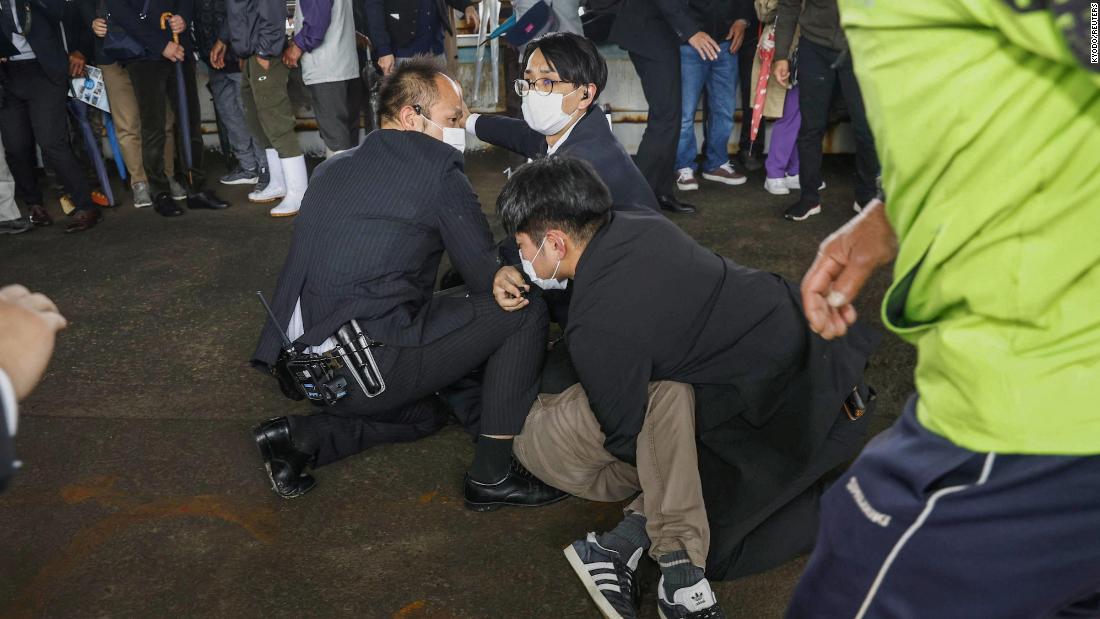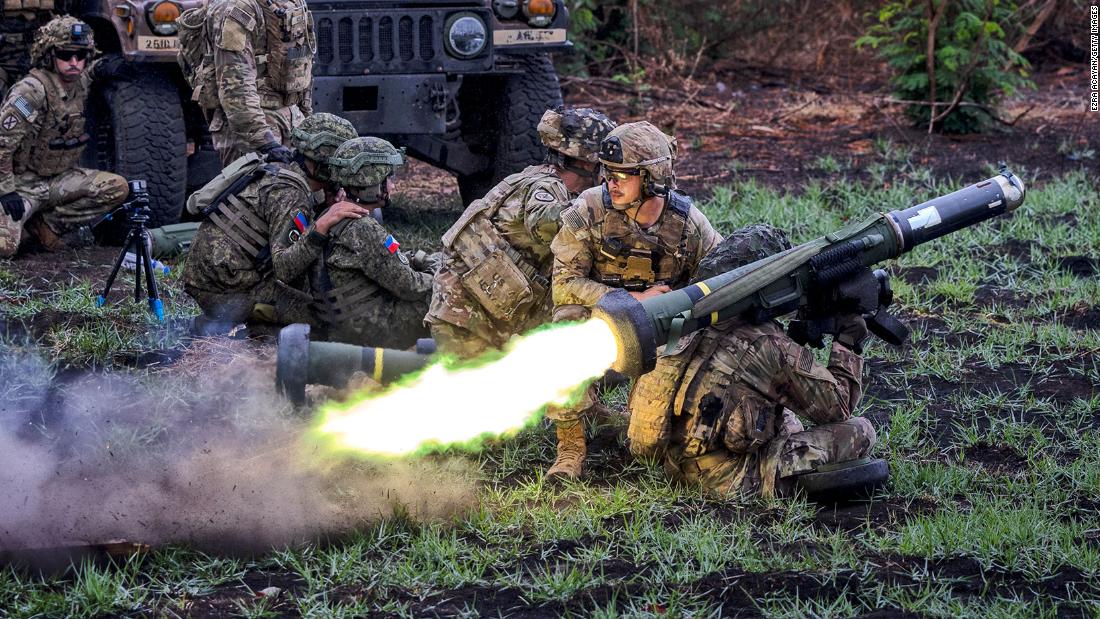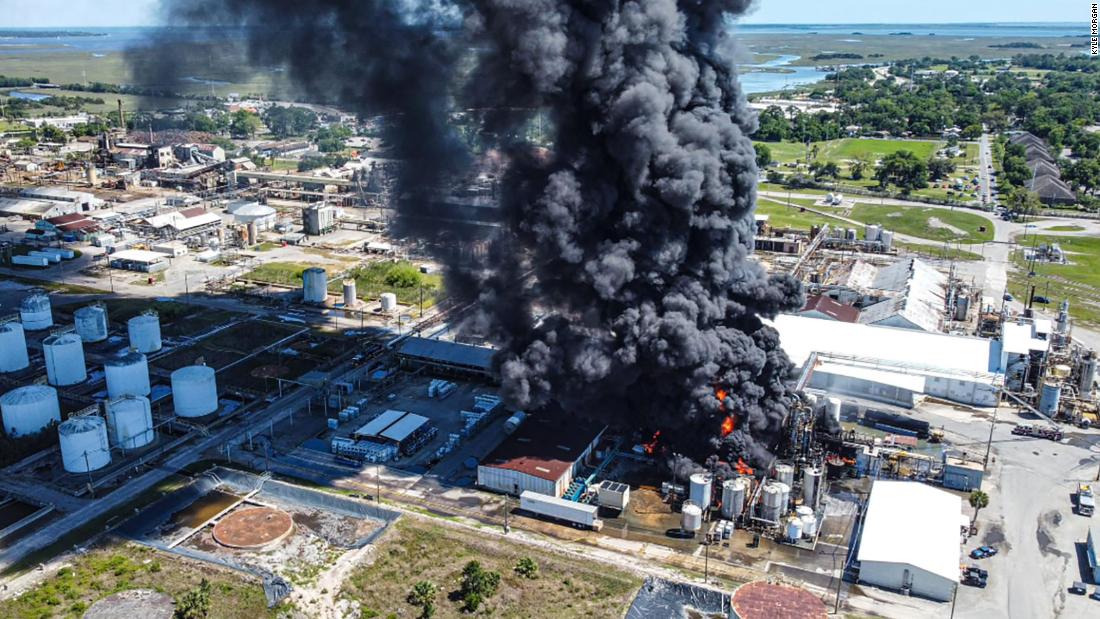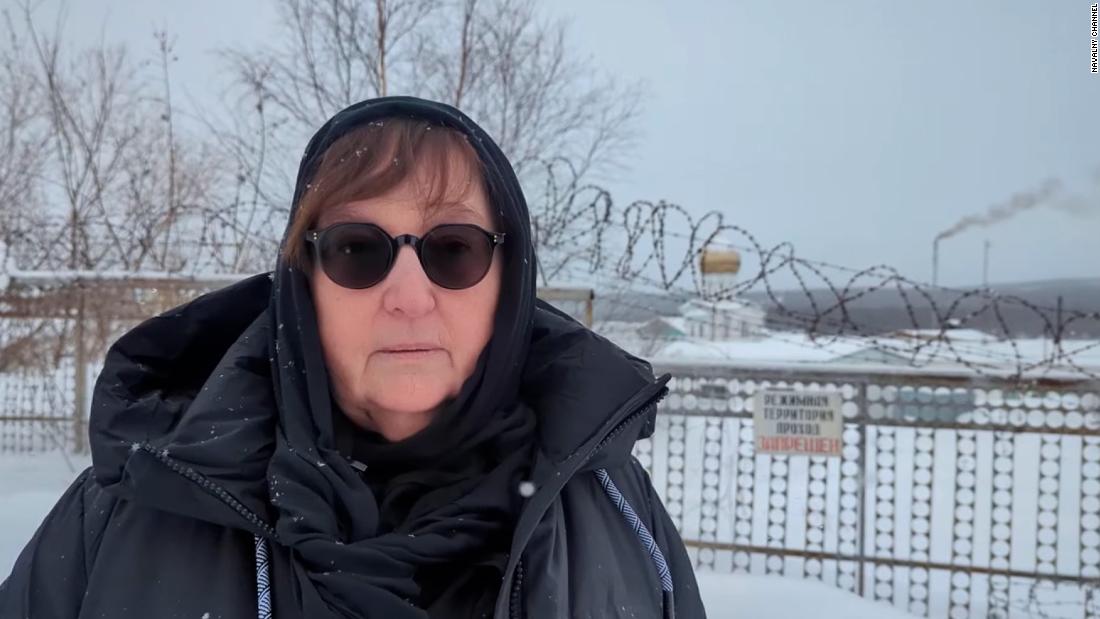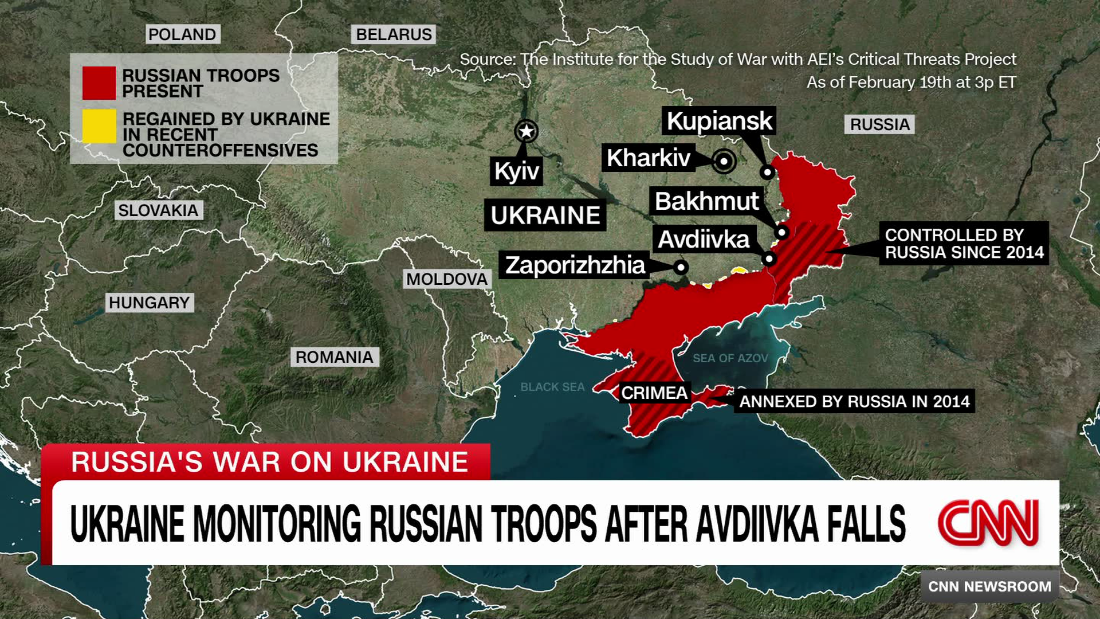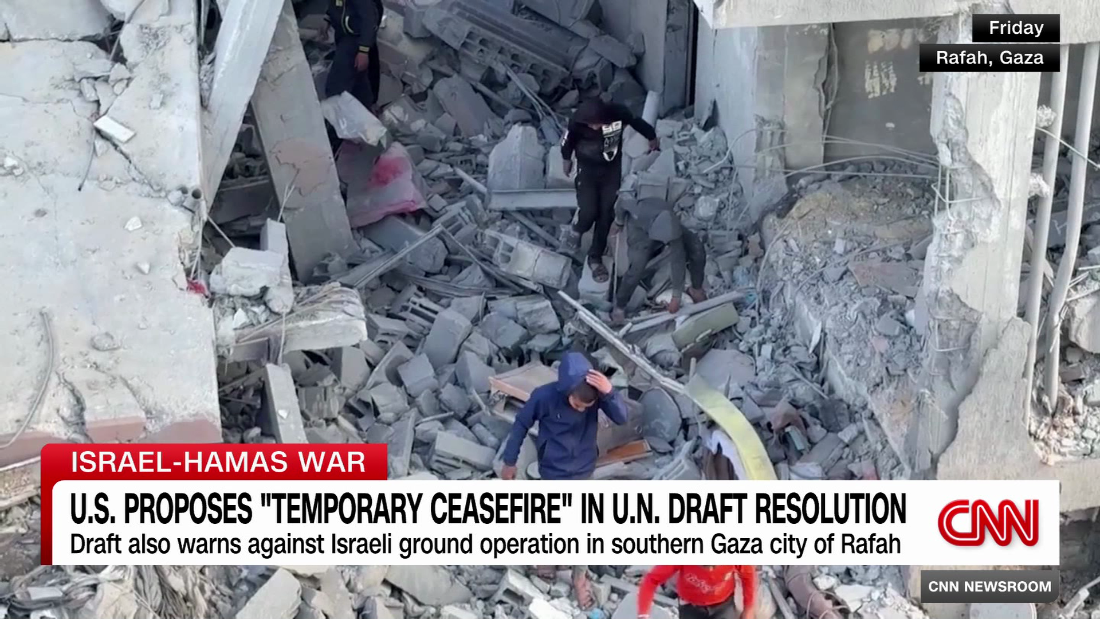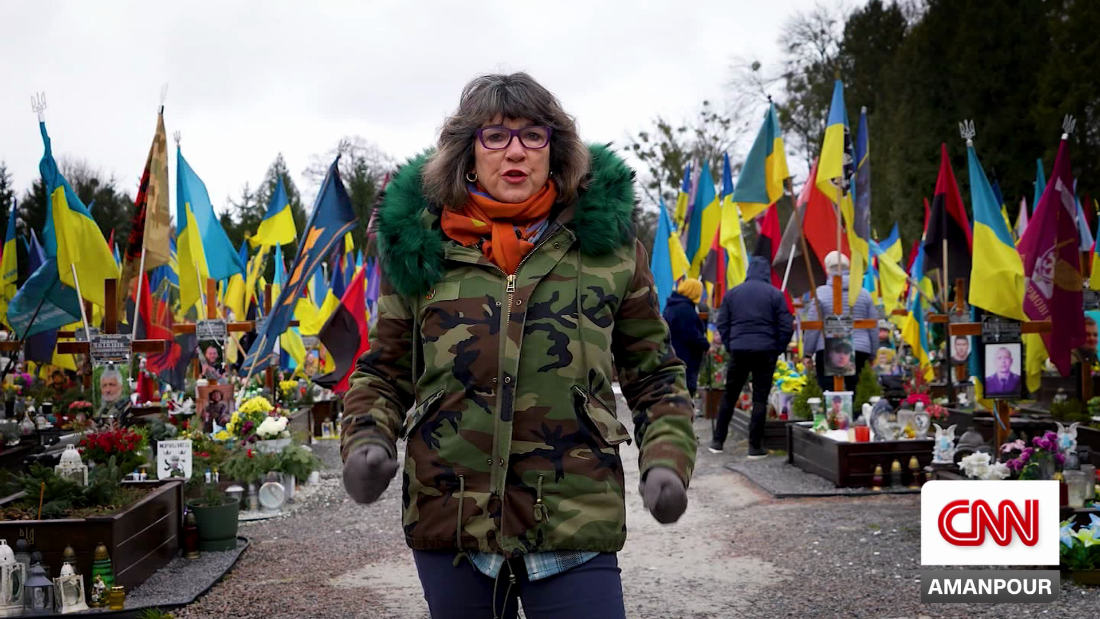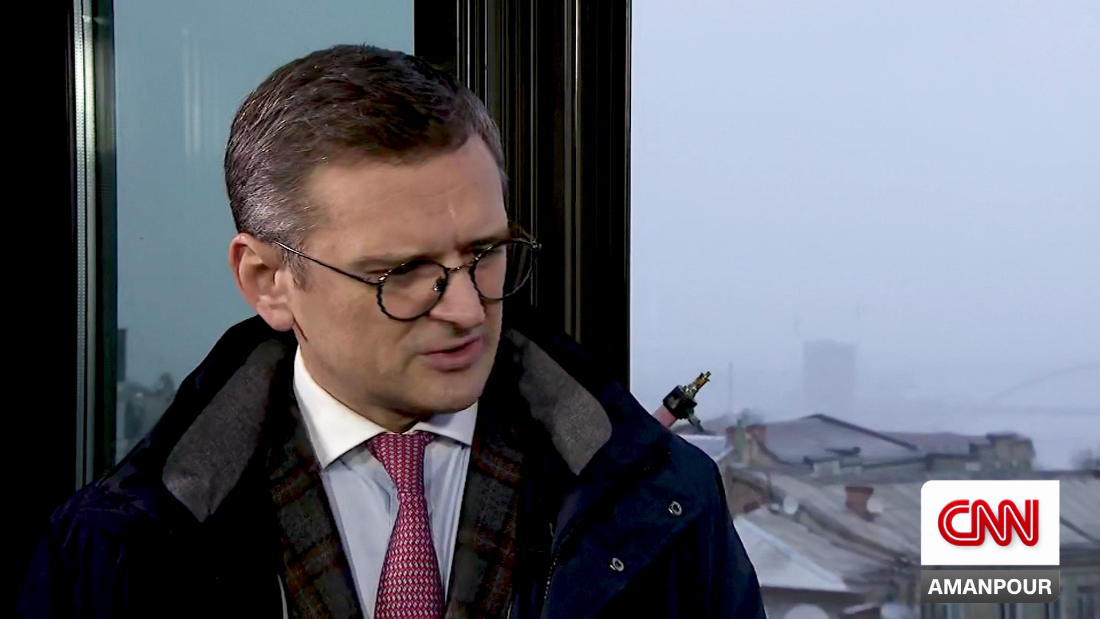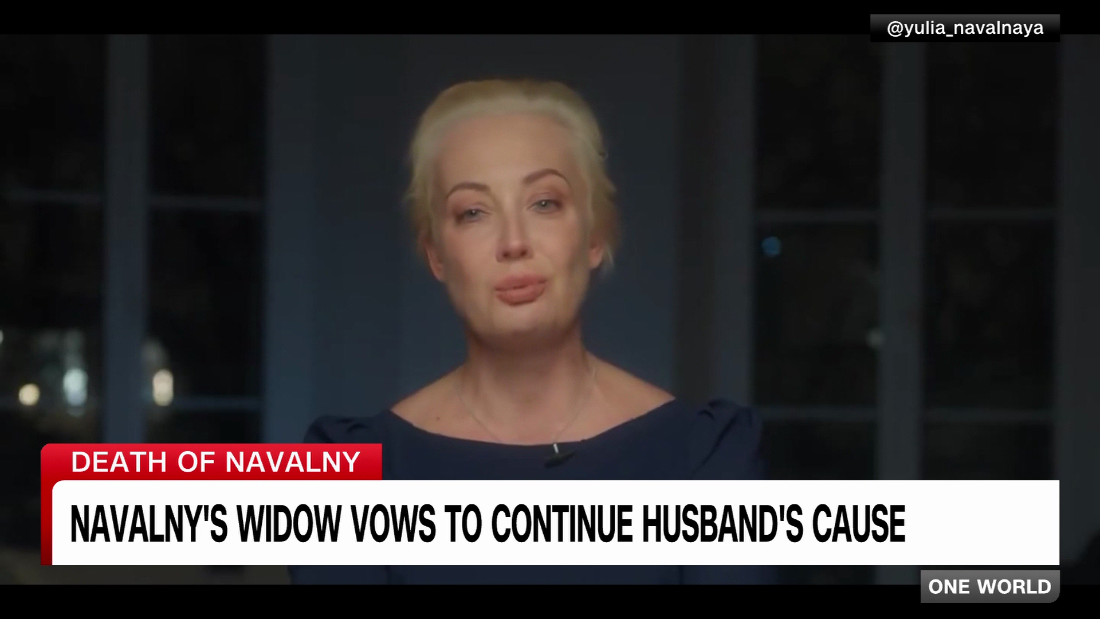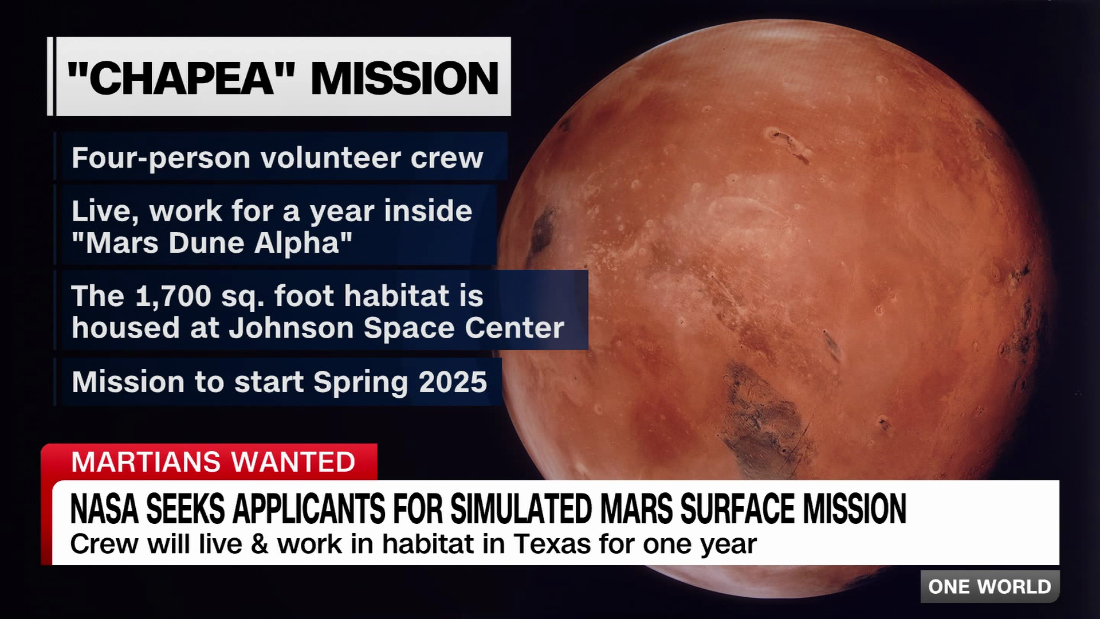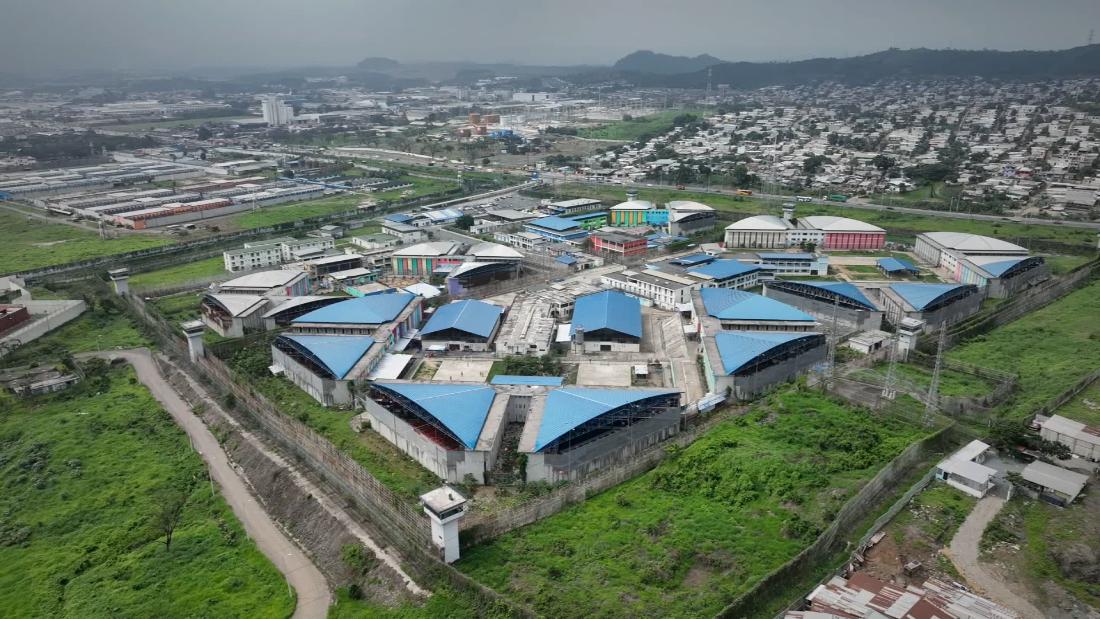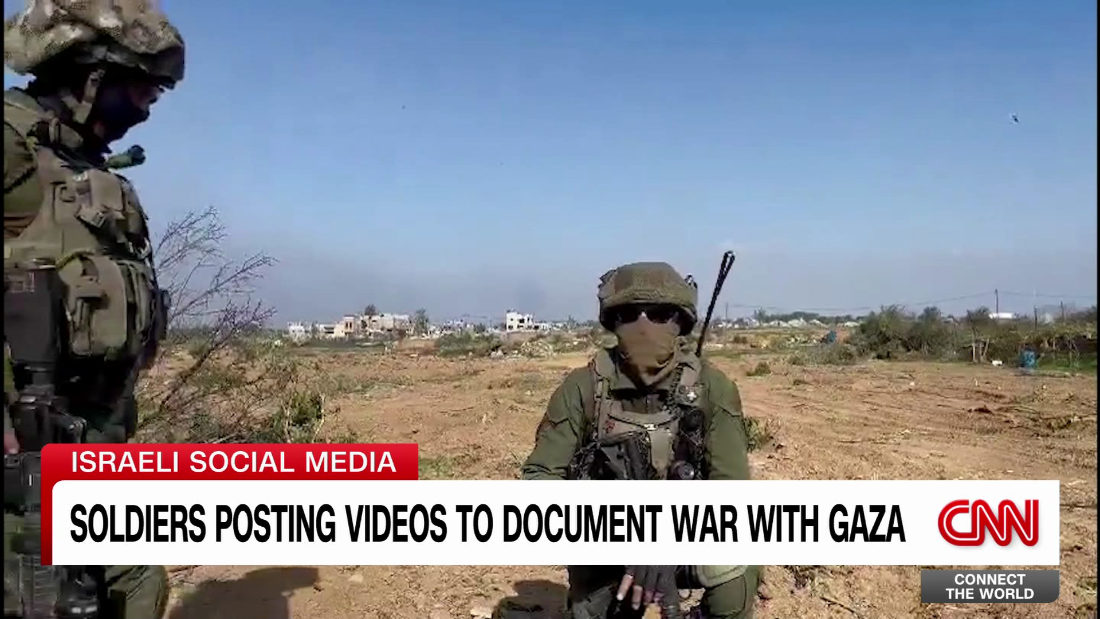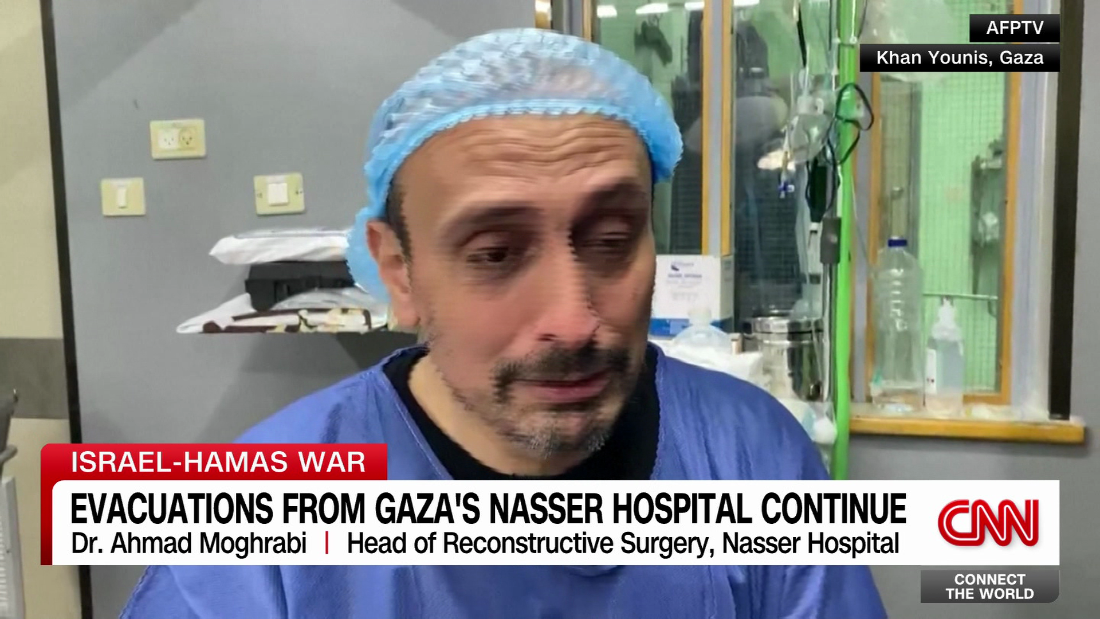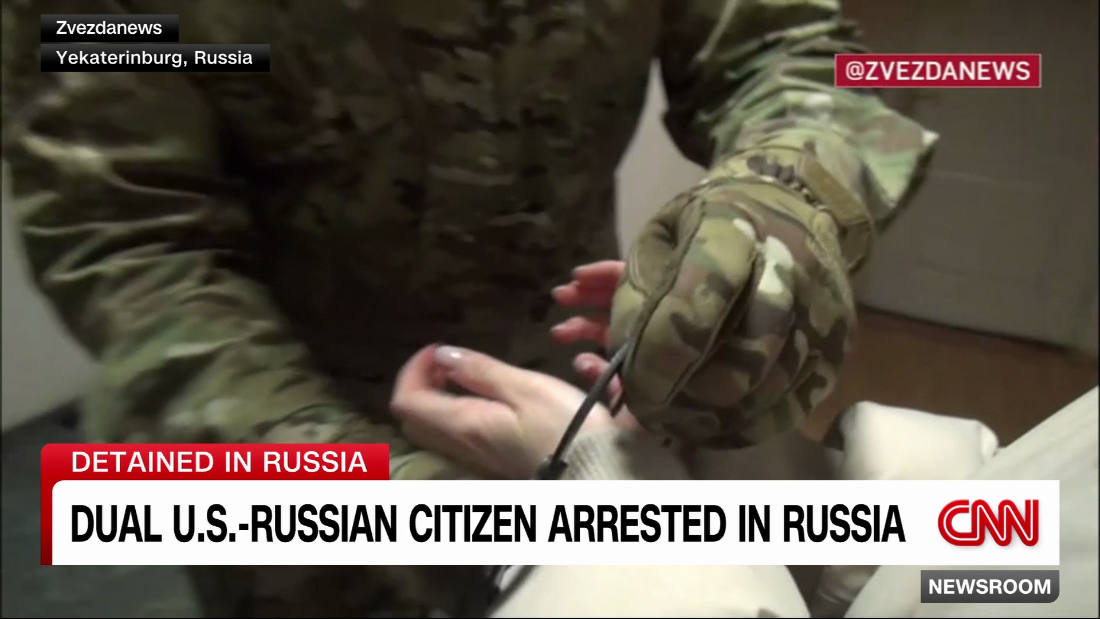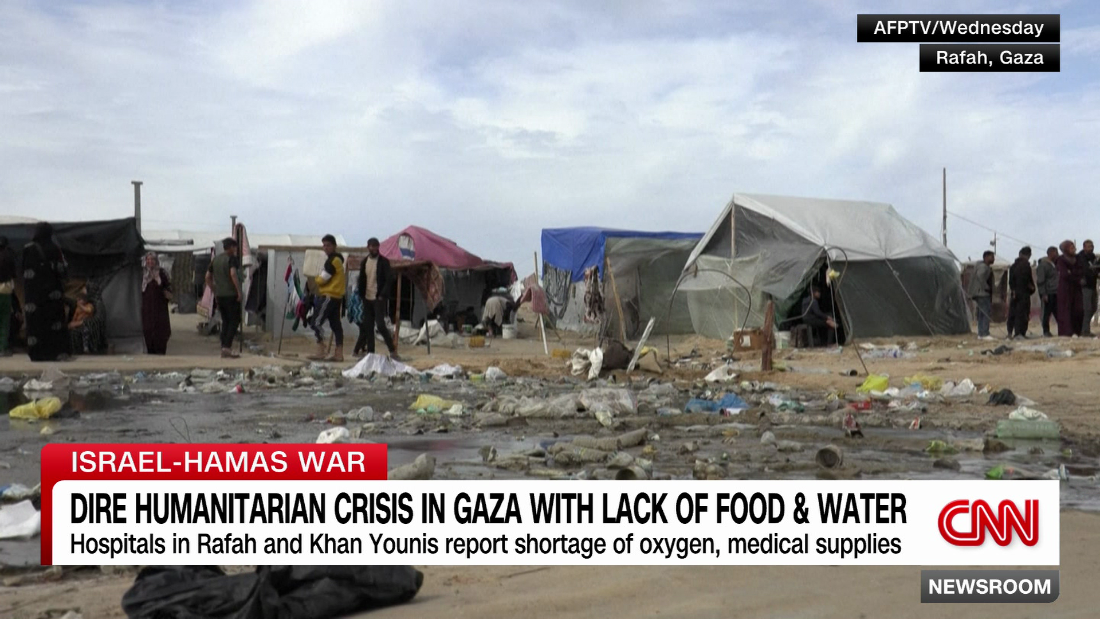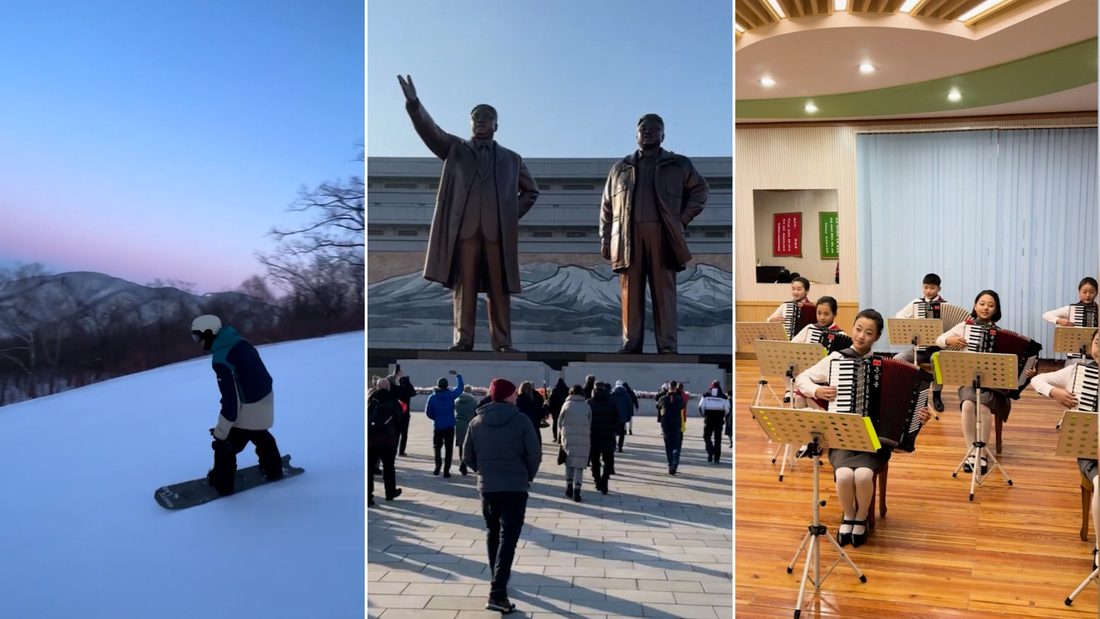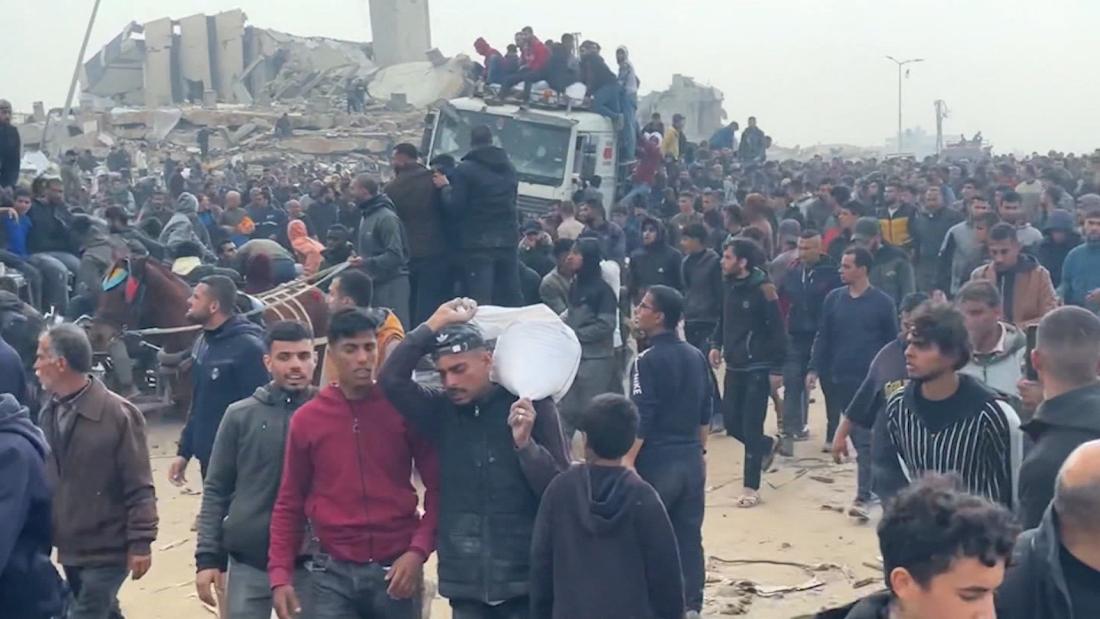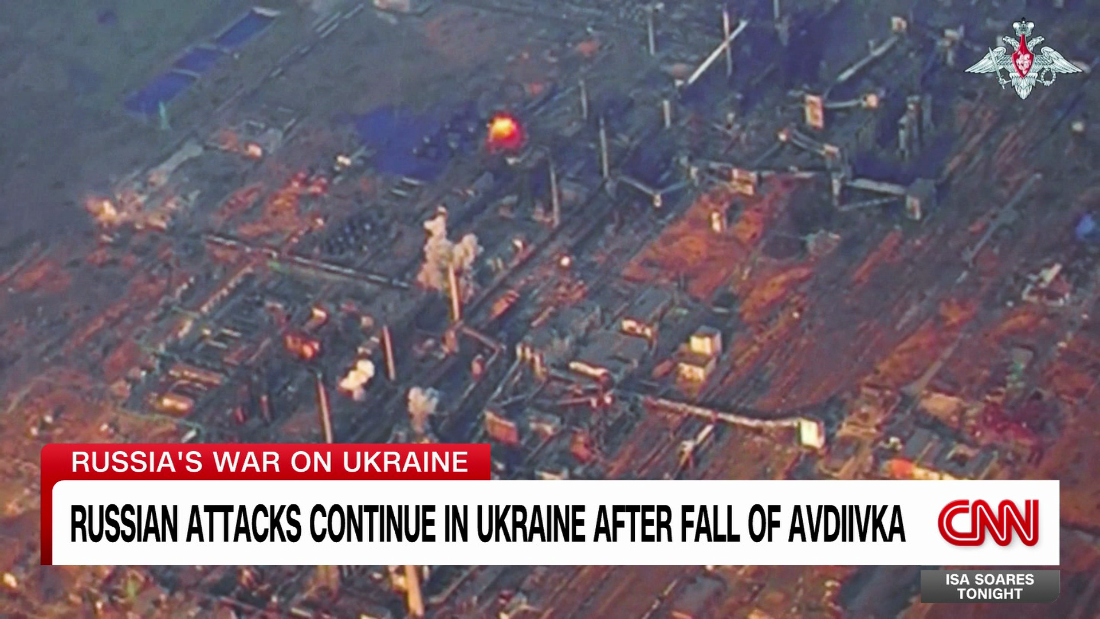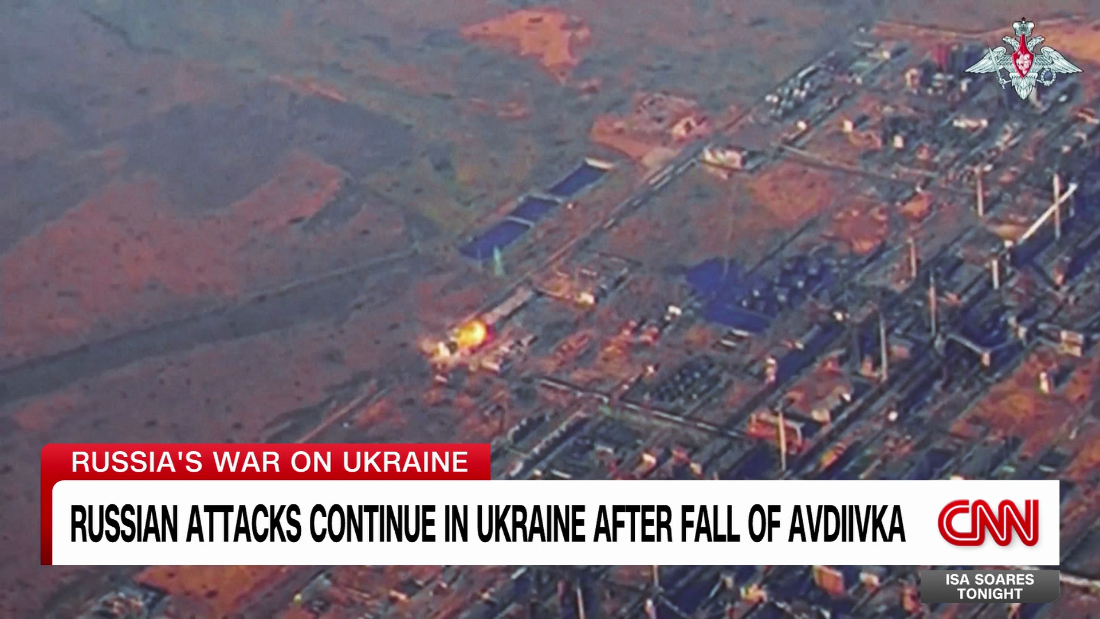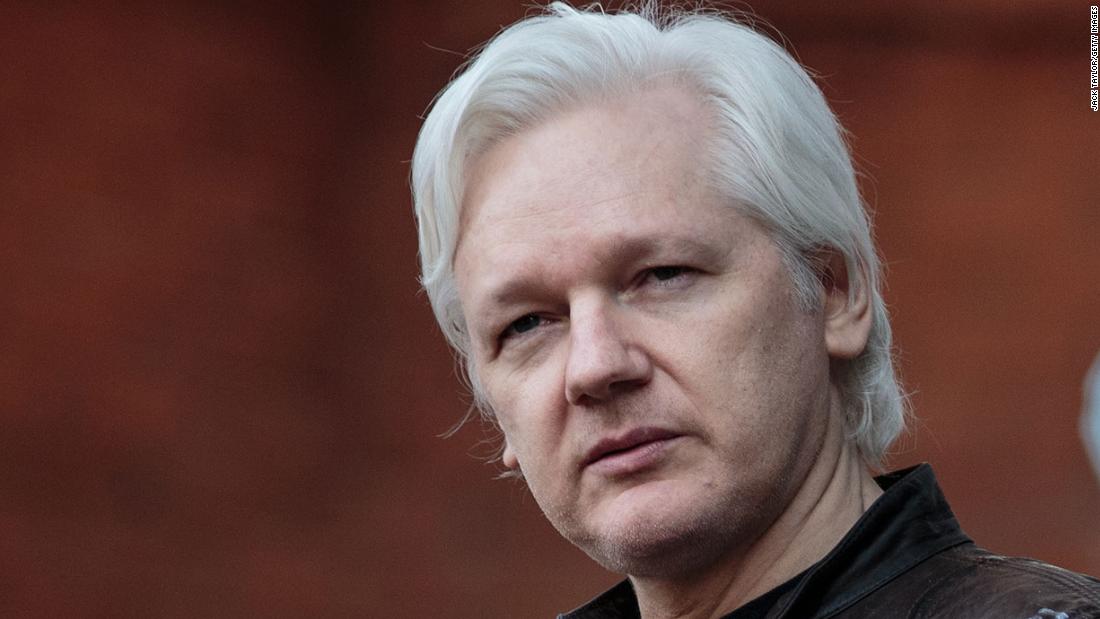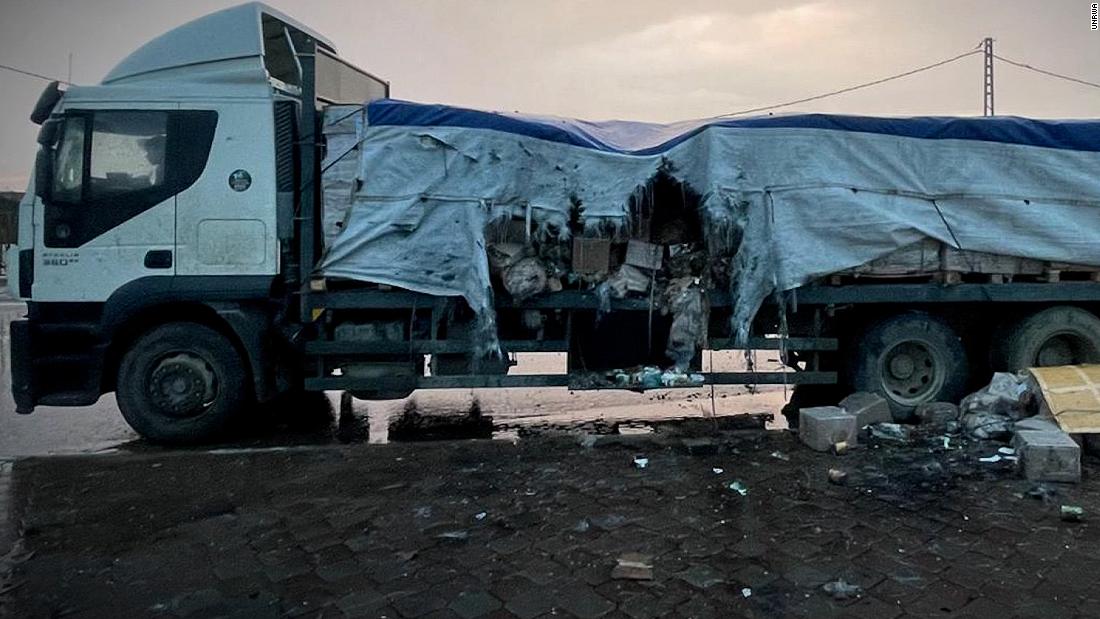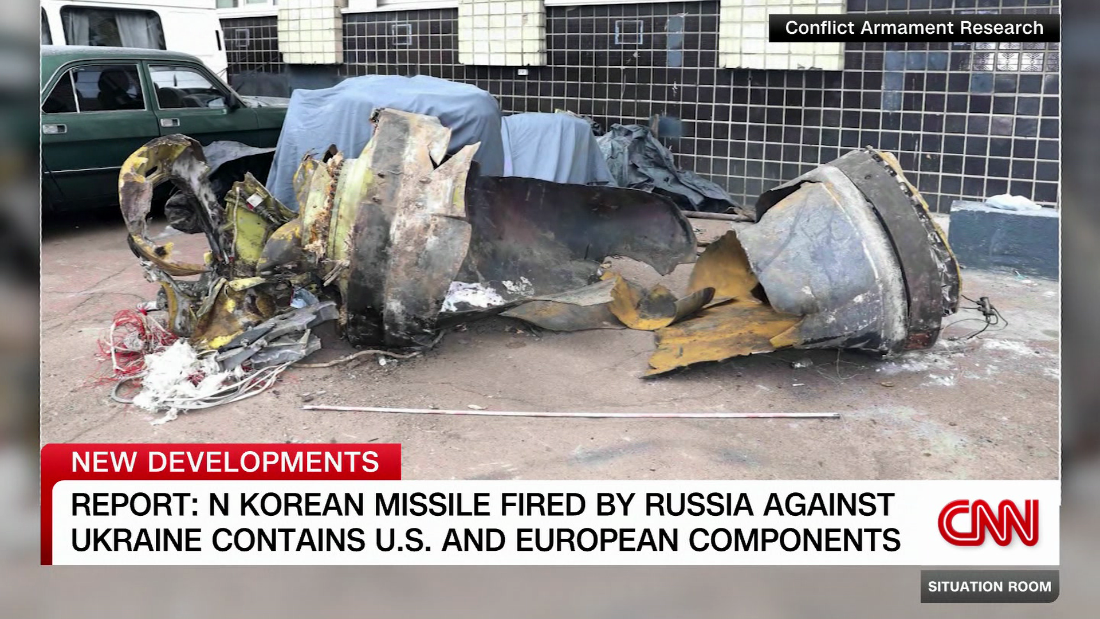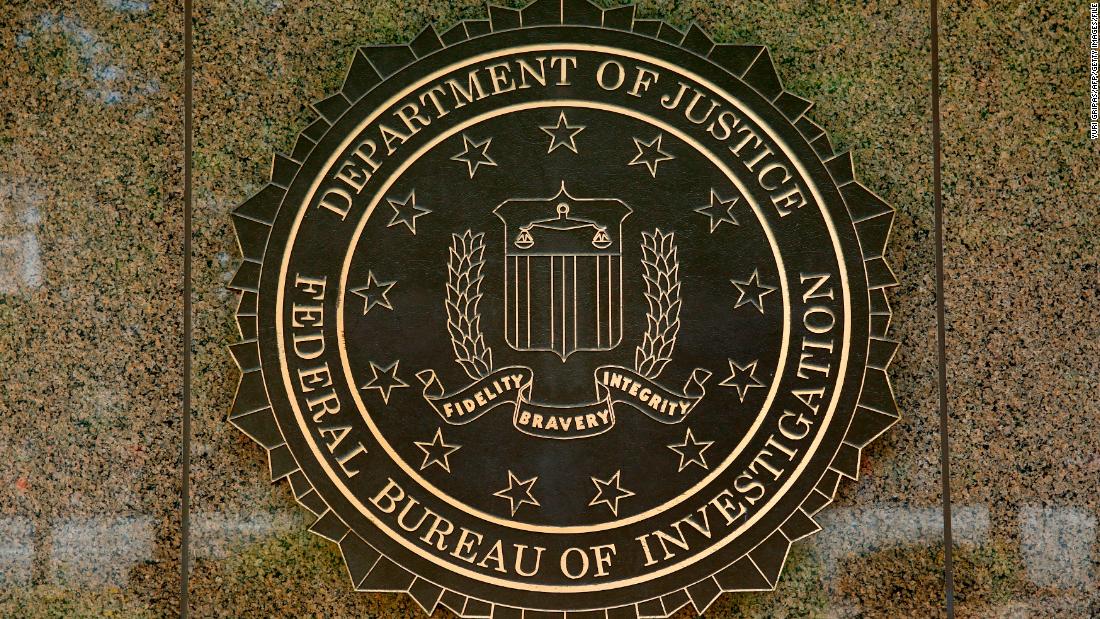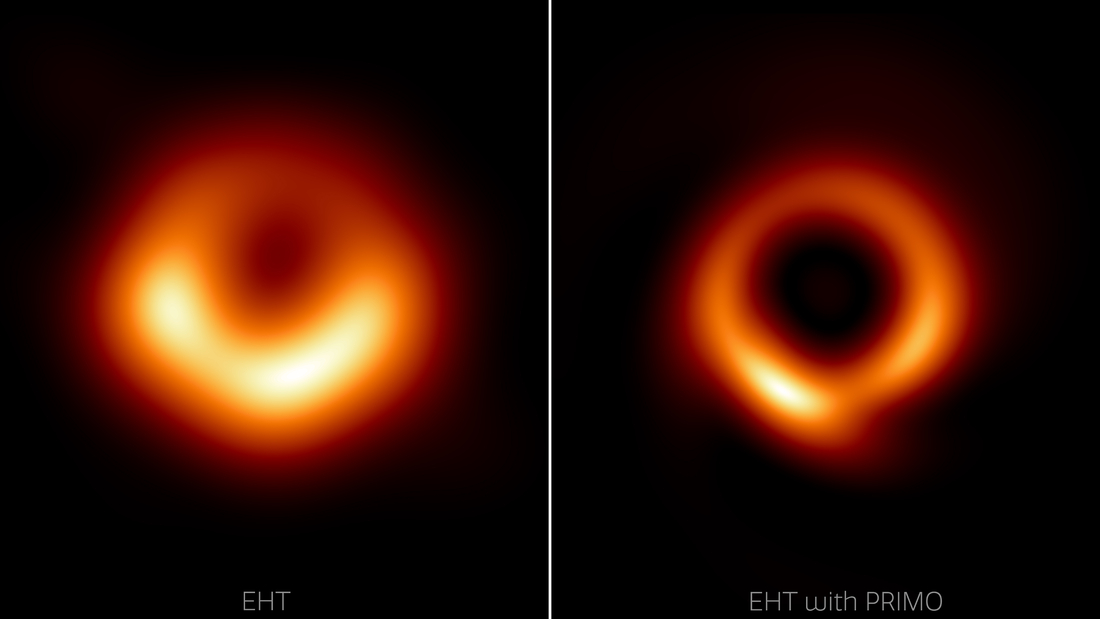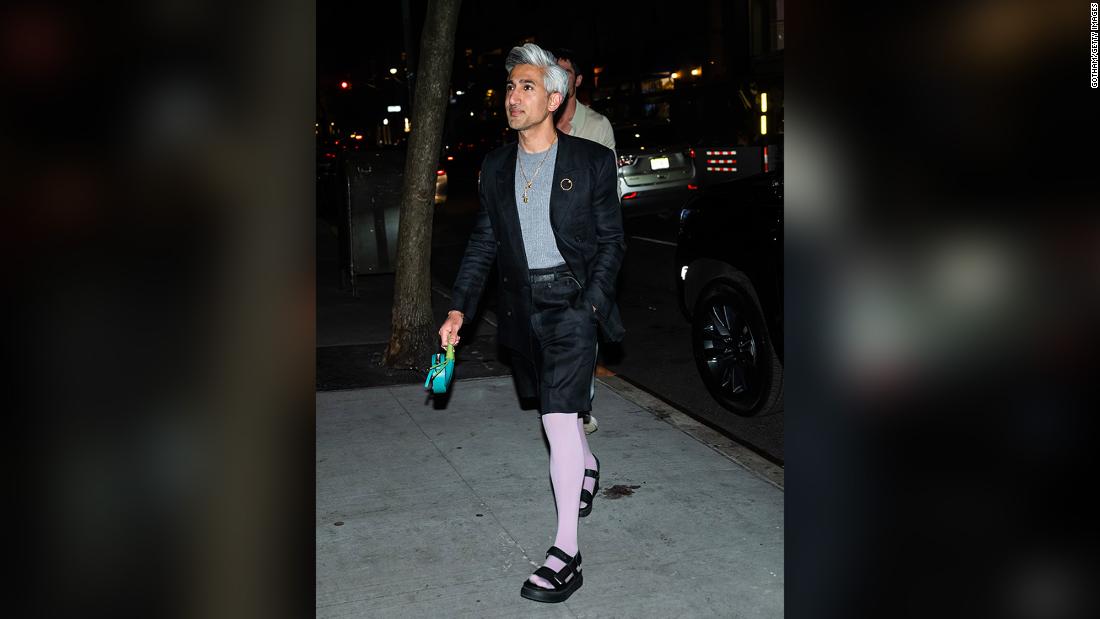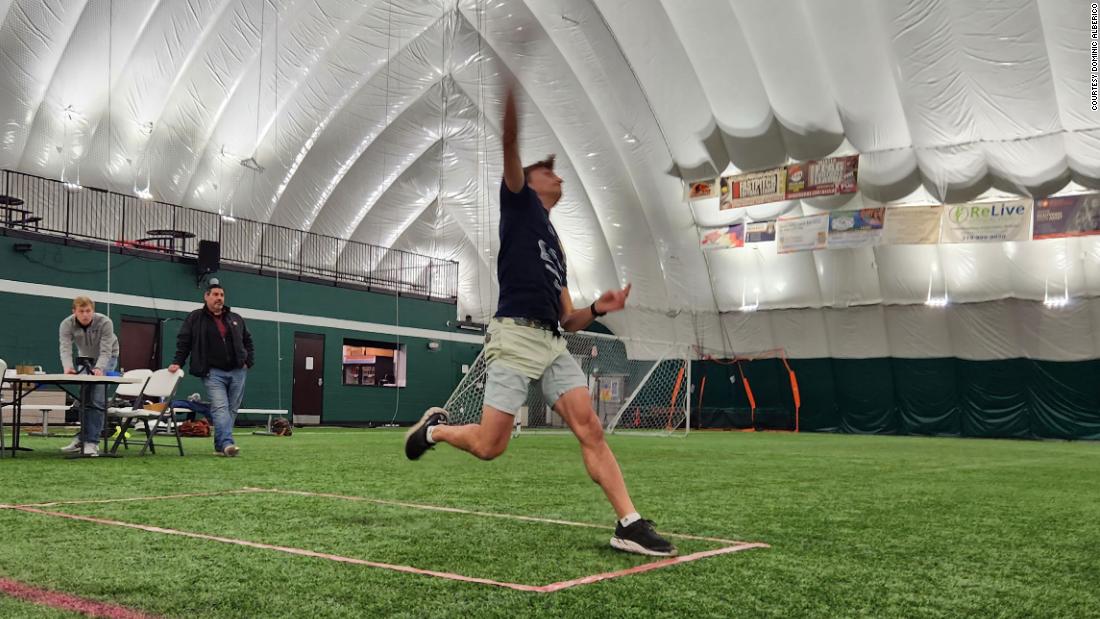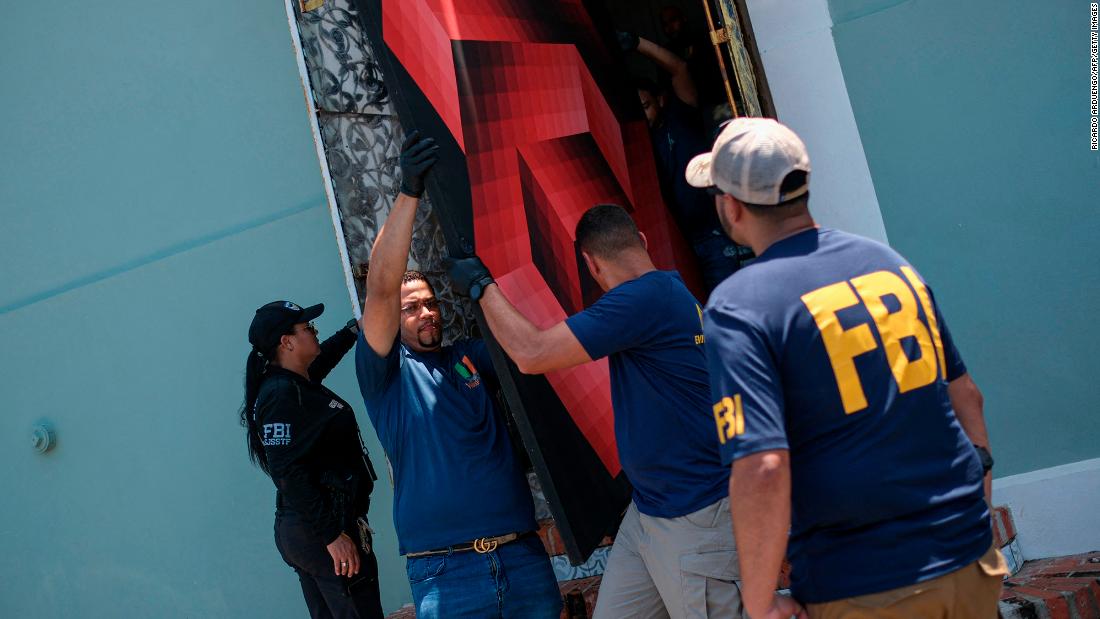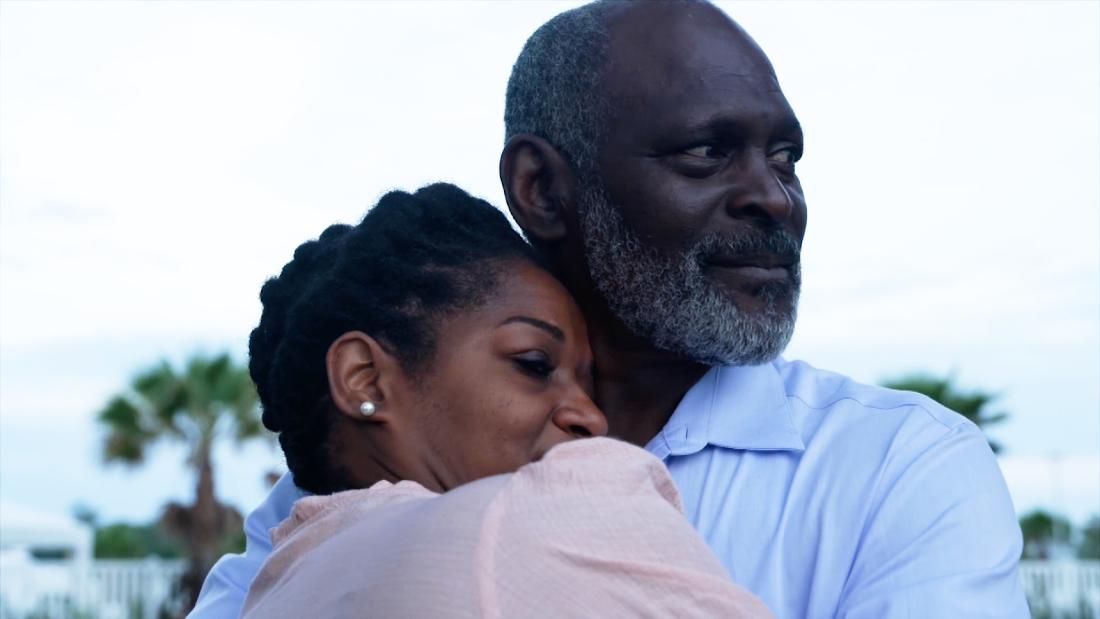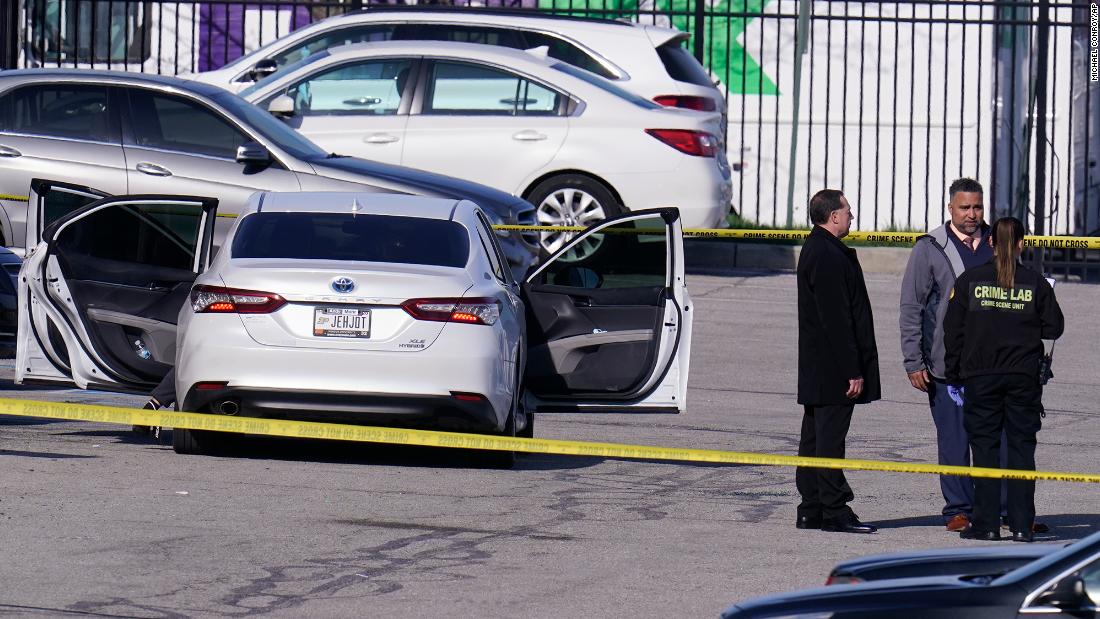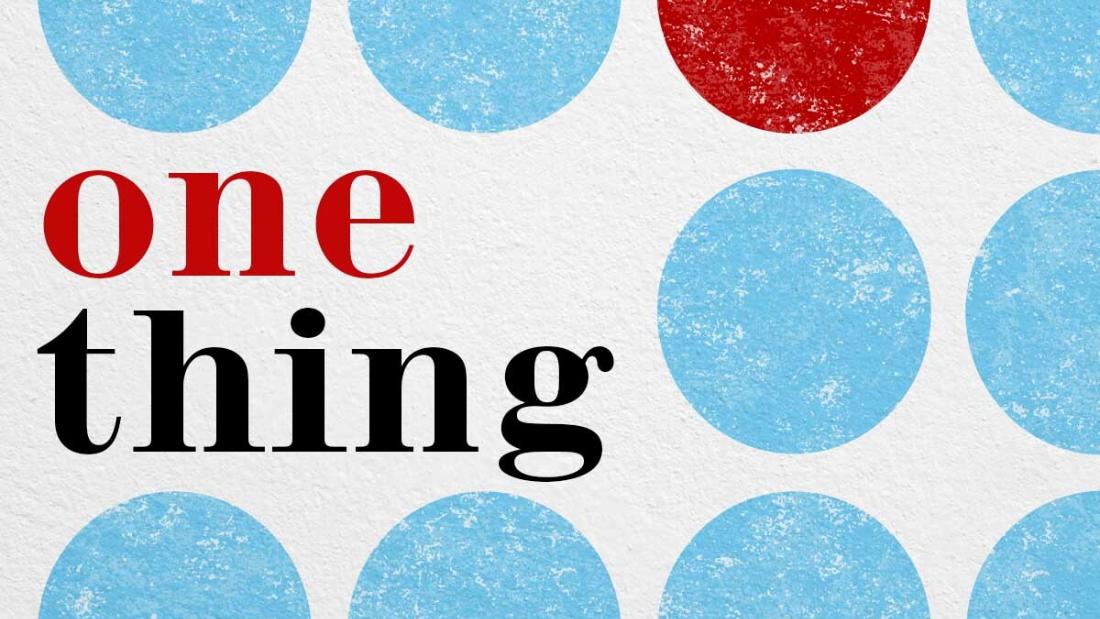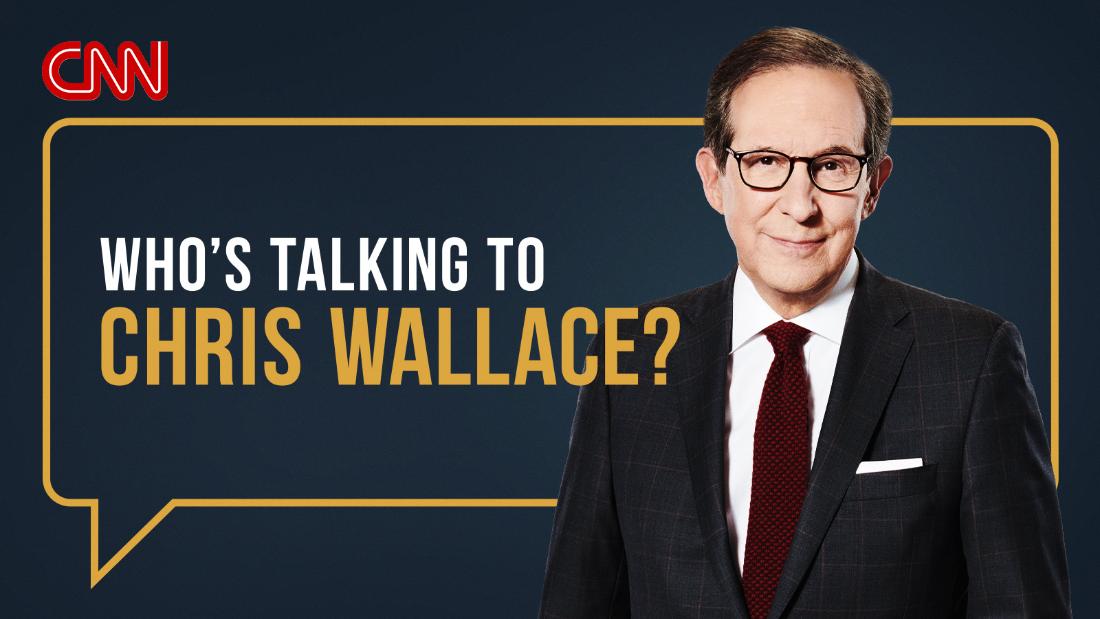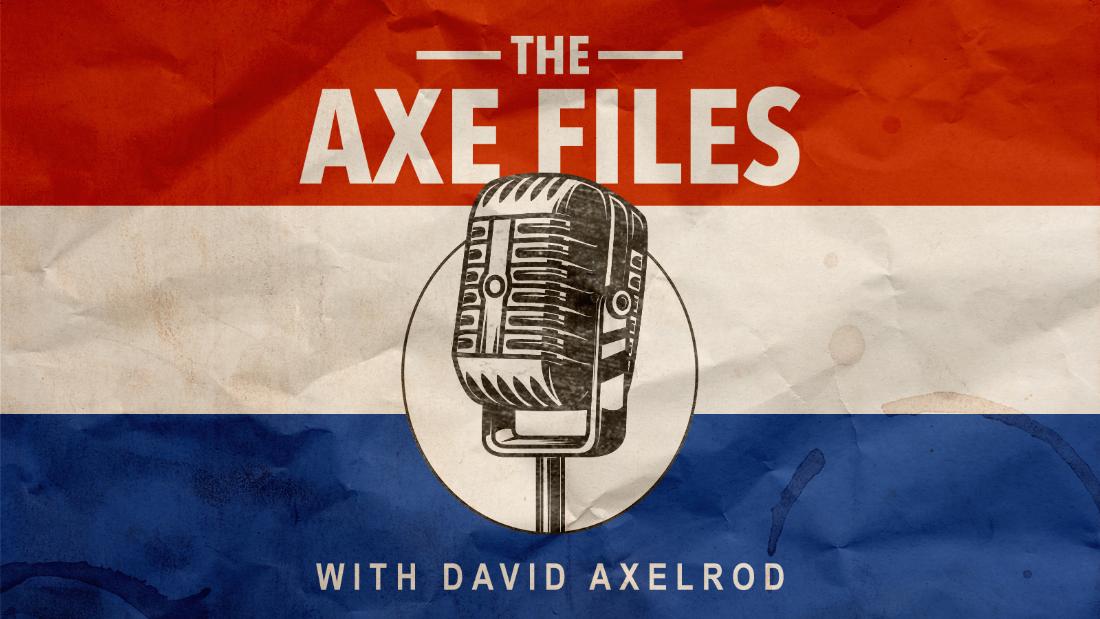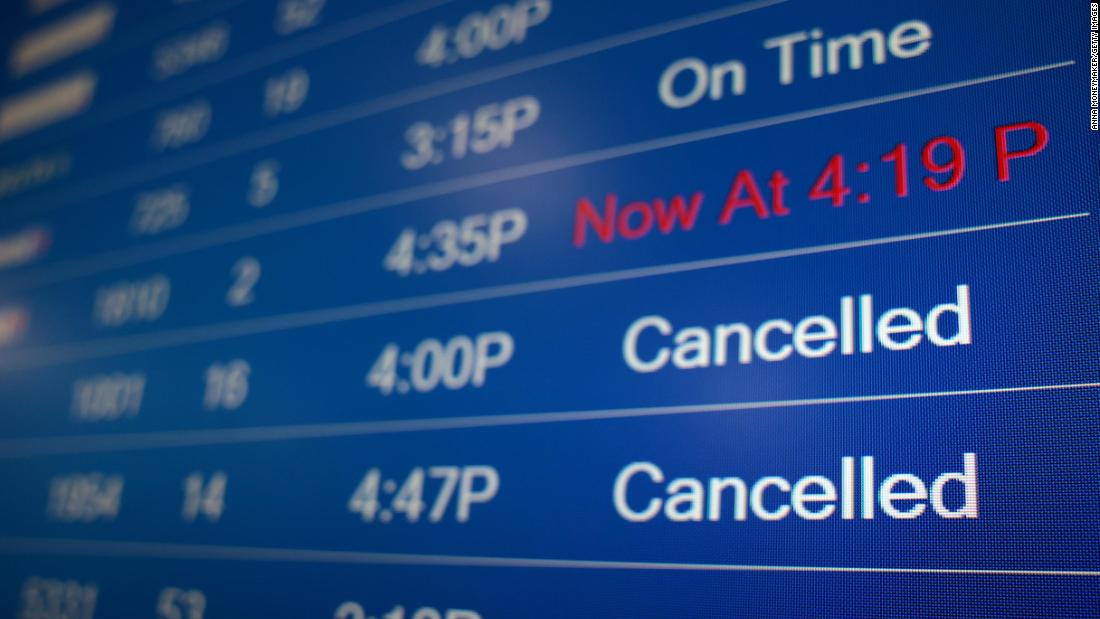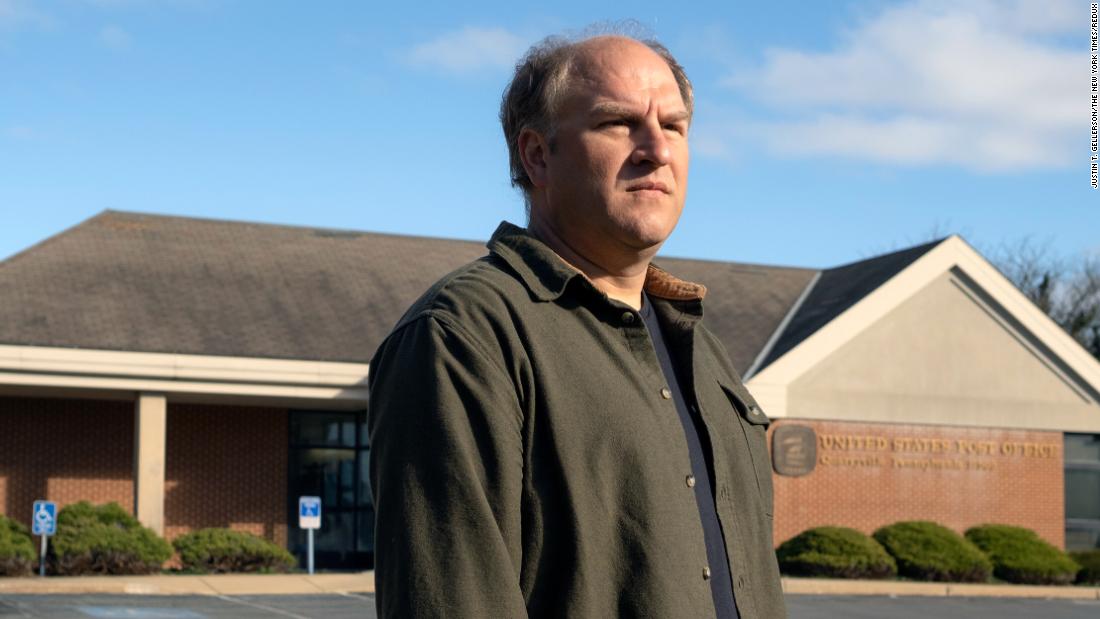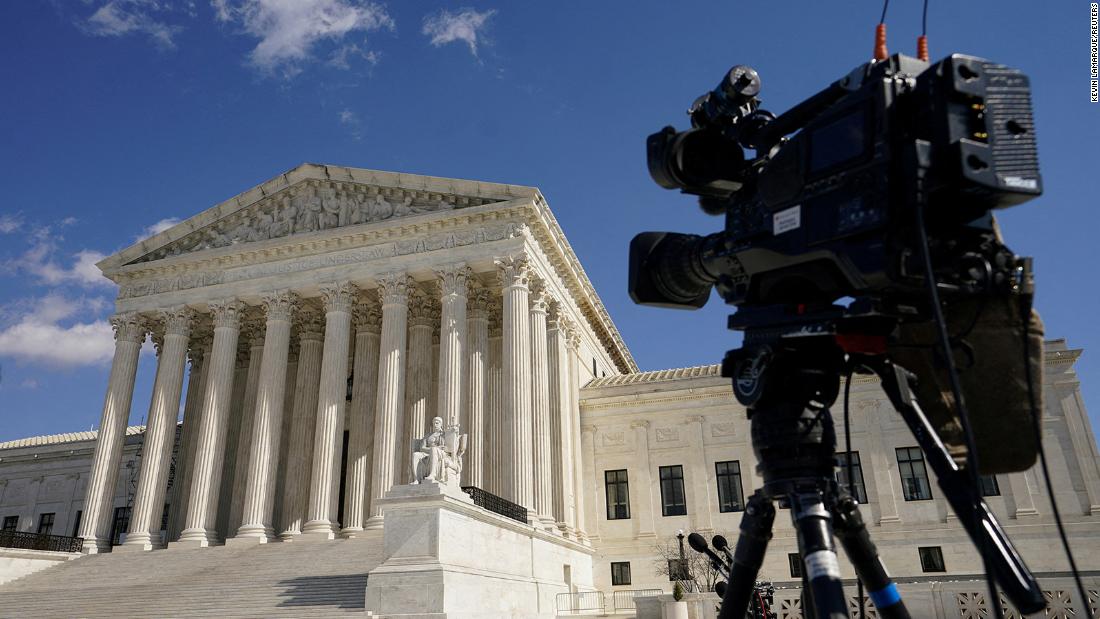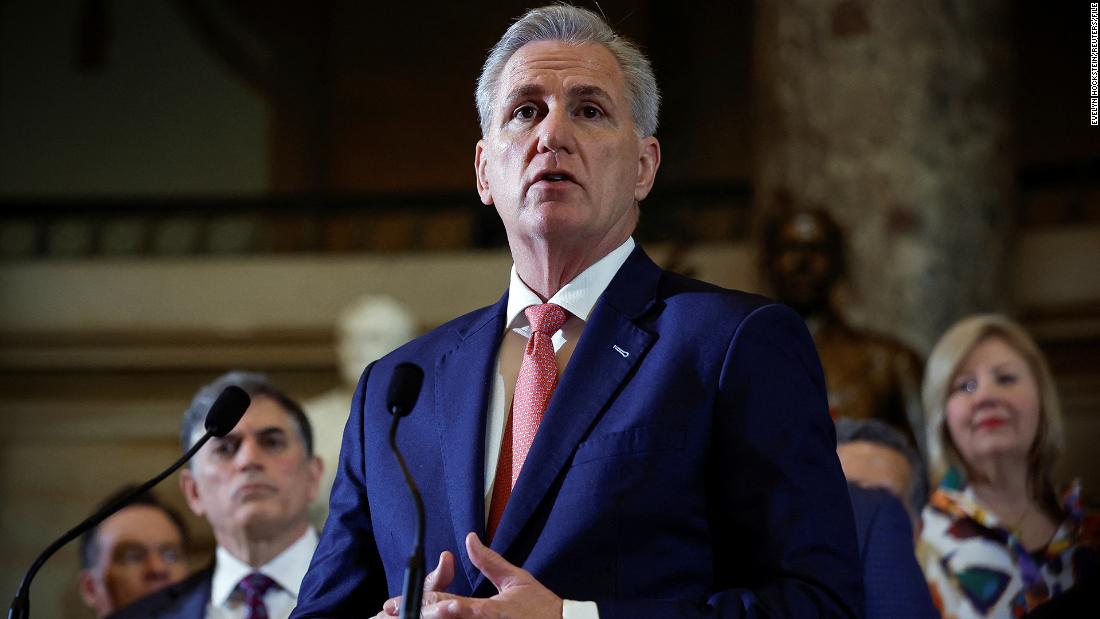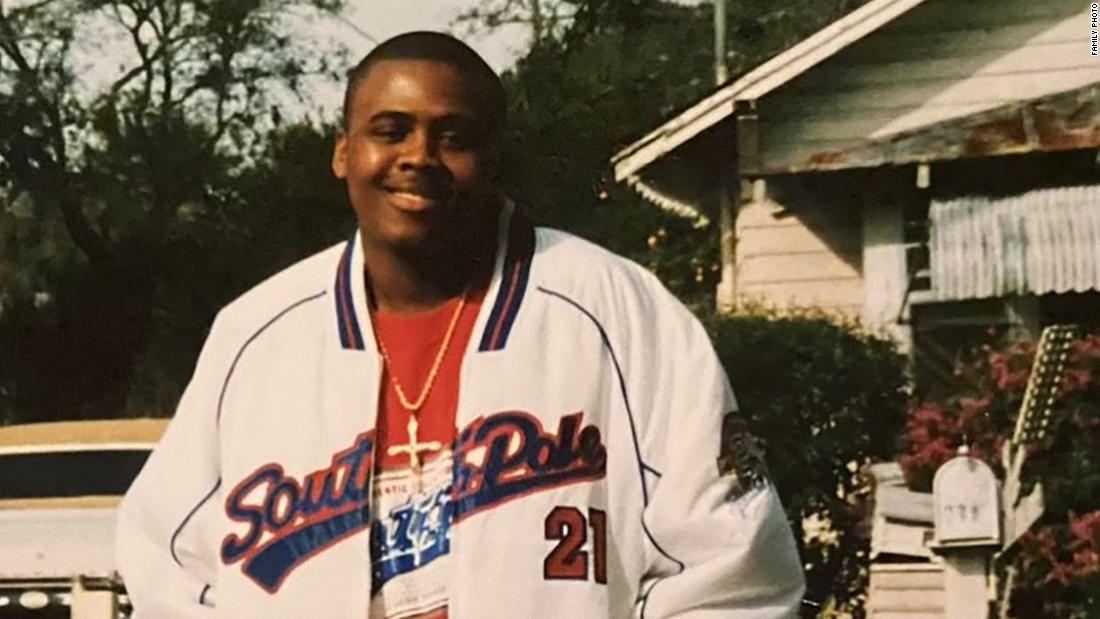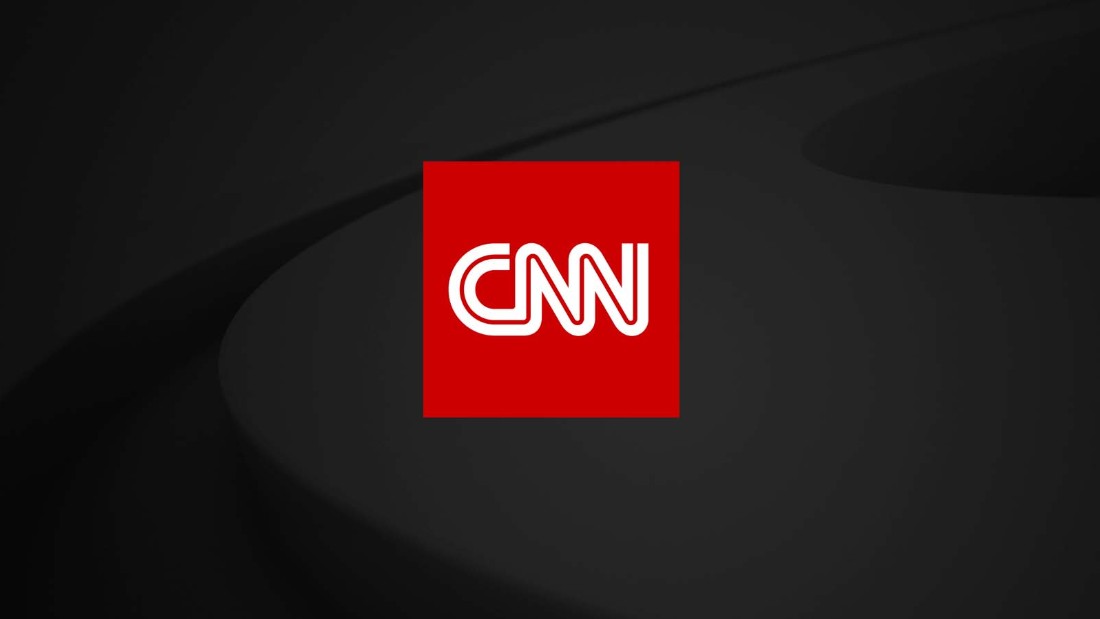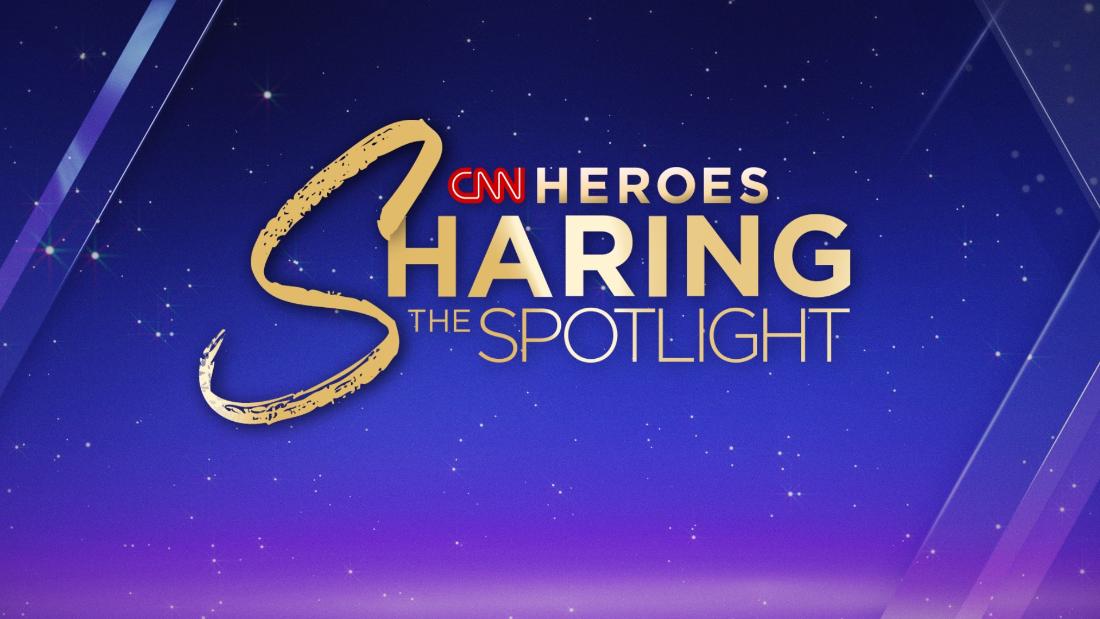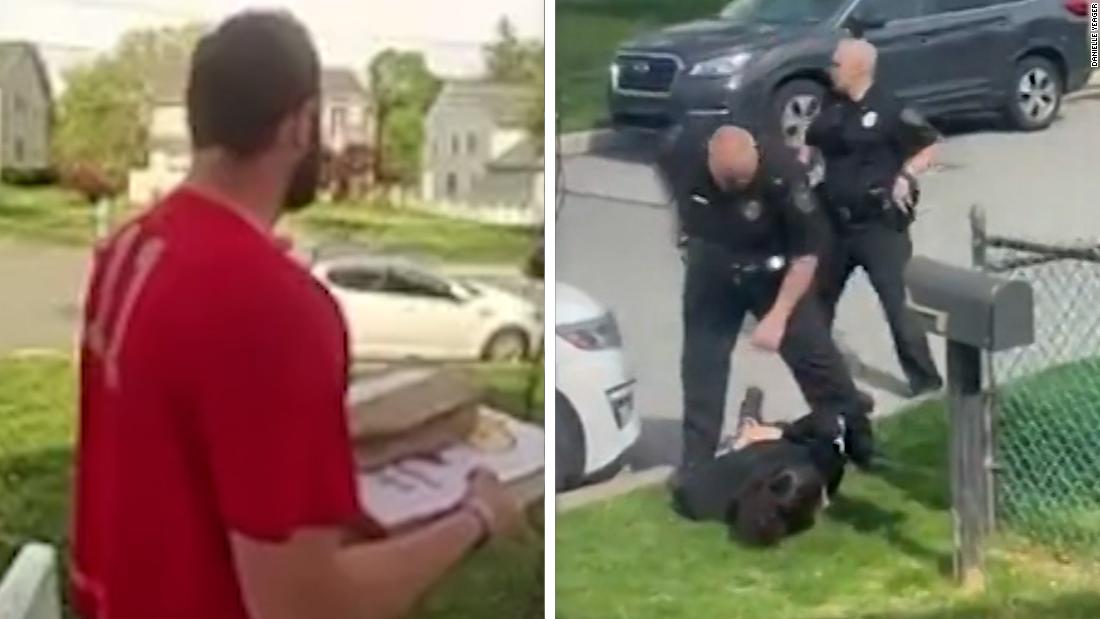ISRAEL said ceasefire with Hezbollah has been violated after terror suspects arrived at several areas of southern Lebanon.
It prompted Israel to fire a “warning shot” on Thursday just a day after a truce took effect between Tel Aviv and the Lebanese terrorist group.
EPAIsraeli troops inspecting their tanks parked in a field in northern Israel on Thursday[/caption]
AFPMembers of Lebanon’s terrorist group Hezbollah parading in the streets of the southern suburbs of Beirut in 2023[/caption]
AFPlebanese army soldiers manning a checkpoint, use a military vehicle to block a road in southern Lebanon’s Marjayoun area on Thursday[/caption]
ReutersDestroyed buildings and mounts of rubble can be seen near the border wall between Lebanon and Israel[/caption]
Hezbollah has since warned that its fighters “remain fully equipped to deal with the aspirations and assaults of the Israeli enemy.”
Its terror forces will monitor Israel‘s withdrawal from Lebanon “with their hands on the trigger”.
The group has been weakened by casualties and the killing of its leader Sayyed Hassan Nasrallah and other commanders by Israel’s swift operations.
A ceasefire between Israel and the Lebanese armed group Hezbollah was announced on Tuesday night under a deal brokered by the US and France.
On Thursday morning, Israeli fire hit six areas within two kilometres of the Blue Line, the demarcation separating Israel and Lebanon.
The strikes targeted Markaba, Wazzani, Kfarchouba, Khiyam, Taybe, and farmland near Marjayoun, according to state media and Lebanese security sources.
One of the security sources said two people were wounded in Markaba.
Israeli surveillance drones were also reported over the region.
The IDF said Thursday’s fire was a warning shot at the suspects for violating the ceasefire, The Times of Israel reports.
Lebanese families displaced during the conflict have begun cautiously returning to check on their properties, despite warnings from Israel not to reenter the border zone for their safety.
What are the terms of Israel & Hezbollah’s ceasefire?
by Juliana Cruz Lima, Foreign News Reporter
A TRUCE between Israel and the Lebanese terrorist group Hezbollah come into effect on November 27, 2024 after 14 months of fighting.
The agreement is based on the framework of UN Security Council Resolution 1701, which ended a 36-day war between the two sides in 2006 but was never fully enforced.
Under the deal, Israel’s army must withdraw from southern Lebanon, while Hezbollah is required to move its heavy weapons north of the Litani River, about 16 miles (25 km) from the border.
During a 60-day transition, the Lebanese army, supported by Western allies, is expected to take control of the southern region.
Although Hezbollah is part of Lebanon’s government, its fighters operate independently of the official military.
The agreement specifies that only Lebanon’s recognised military and security forces are allowed to carry weapons, but Hezbollah is unlikely to completely disarm.
It may, however, reduce the visible presence of its fighters.
Israel has often accused Hezbollah of placing weapons close to its border, while Hezbollah argues that only its forces are strong enough to counter Israeli threats and expansion.
The ceasefire is intended to be permanent and will be overseen by a US -led monitoring group to ensure compliance.
The US has also reportedly assured Israel that it will support military action if Hezbollah attacks again or moves weapons south of the Litani River.
Israeli Prime Minister Benjamin Netanyahu urged residents to stay away from villages near the Blue Line until Israeli troops complete their withdrawal.
But Lebanon’s parliamentary speaker Nabih Berri encouraged citizens to return, creating confusion and further inflaming tensions.
The fragile ceasefire was already at breaking point on Tuesday night after refugees flooded back towards Lebanon’s southern border cheering the terror group’s “victory.”
Queues of traffic built up along highways leading to the 20-mile buffer zone where Hezbollah forces and weapons are banned by the terms of the shaky truce.
Lebanese civilians flew yellow Hezbollah flags from cars and others approached Israeli tanks attempting to conduct a measured withdrawal.
And locals ignored Israel Defence Forces warnings not to attempt an early return to southern villages which had harboured terrorists.
BBCIsrael agreed to a ceasefire deal with Lebanese enemy Hezbollah on Tuesday night[/caption]
EPASmoke rises following a fresh Israeli airstrike on the Dahieh district in southern Beirut on Tuesday morning[/caption]
TV footage showed people walking around the town of Khiam close to an IDF tank within hours of the start of the true at 4am local time (2am in the UK)
Another clip posted on social media showed Lebanese returnees had even reached the border wall settlement of Kafr Kila next to the Israeli village of Metula.
The ceasefire agreement announced late Tuesday ended 14 months of nonstop conflict between Israel and Hezbollah.
Just a day after Hamas’ October 7 bloodbath, the Lebanese militant group began firing rockets, drones and missiles in solidarity.
Israel retaliated with airstrikes, and the conflict steadily intensified for nearly a year before boiling over into all-out war in mid-September.
The fighting killed more than 70 people in Israel over half of them civilians as well as dozens of Israeli soldiers fighting in southern Lebanon.
Some 50,000 people were displaced on the Israeli side, but few have returned and the communities near the northern border are still largely deserted.
Israel’s war with Hezbollah: a timeline
October 8, 2023: Hezbollah began firing rockets, missiles and drones into Israel the day after Hamas’ October 7 massacre ignited the war in Gaza.
September 18, 2024: Israel’s spy agency Mossad carried out mass sabotage against Hezbollah when it blew up hundreds of pagers carried by the terror group.
September 26, 2024: Chief of Hezbollah’s aerial force, Muhammad Hossein Sarur, is killed in an Israeli airstrike blitz in Lebanon.
September 27, 2024: Hezbollah leader Hassan Nasrallah is killed in a massive missile blitz in Lebanon.
October 1, 2024: Israeli forces invade Lebanon after Israel launched retaliatory airstrikes in Lebanon and the conflict steadily escalated.
October 13, 2024: Four Israeli soldiers were killed and 60 wounded in a Hezbollah drone swarm attack on base – the deadliest since Israel’s Lebanon invasion.
October 19, 2024: A terror drone attack launched by Hezbollah directly hit Prime Minister Benjamin Netanyahu’s seaside residence inside Israel.
October 19, 2024: Hezbollah also fired a salvo of more than 100 rockets into Israel, killing at least one person and injuring others in the northern region of the country.
October 31, 2024: Hezbollah’s new terror chief threatened to kill Israeli PM Benjamin Netanyahu in his first national address as leader.
November 2, 2024: Israeli soldiers capture top Hezbollah terror commander Imad Amhaz and escape from Lebanon in speedboats.
November 15, 2024: An Israeli missile levels a terror stronghold apartment block in Beirut.
November 17, 2024: Israel’s military said mobile artillery batteries had crossed into Lebanon and began attacking Hezbollah targets, the first time artillery was launched within Lebanese territory.
November 17, 2024: Hezbollah’s chief spokesman Mohammed Afif al-Naboulsi is killed in an Israeli airstrike in central Beirut.
November 26, 2024: Israel launched fresh airstrikes in Beirut, just hours before news of the ceasefire broke.
November 26, 2024: Israel agreed to the terms for a ceasefire with Hezbollah.
Published: [#item_custom_pubDate]













